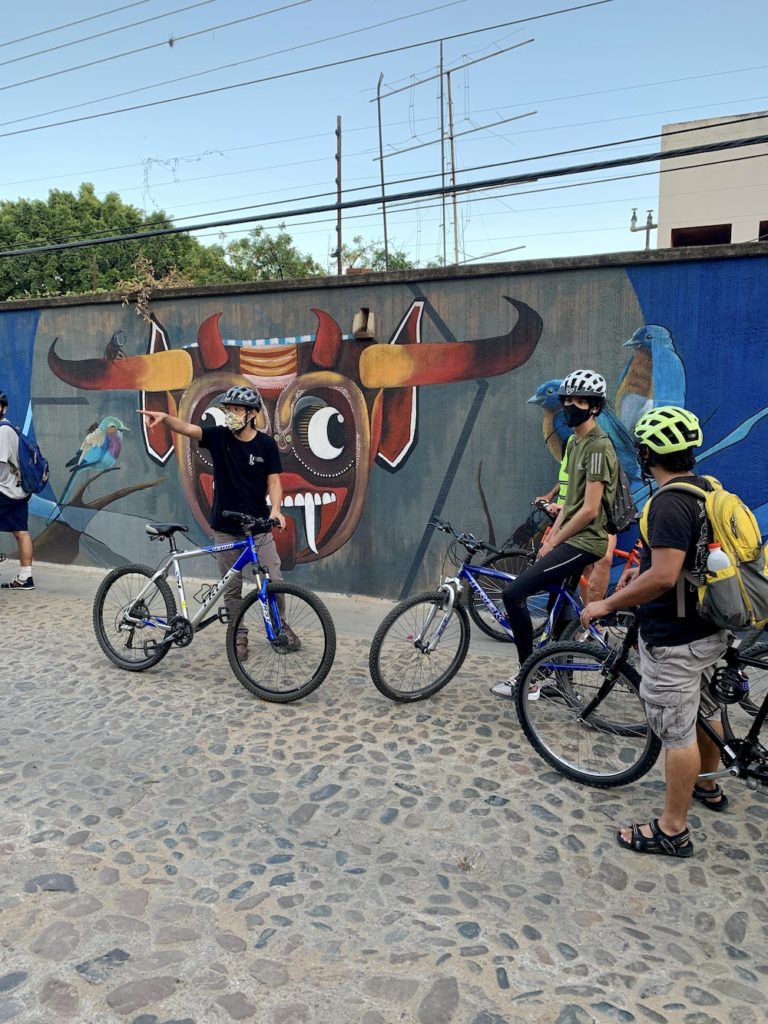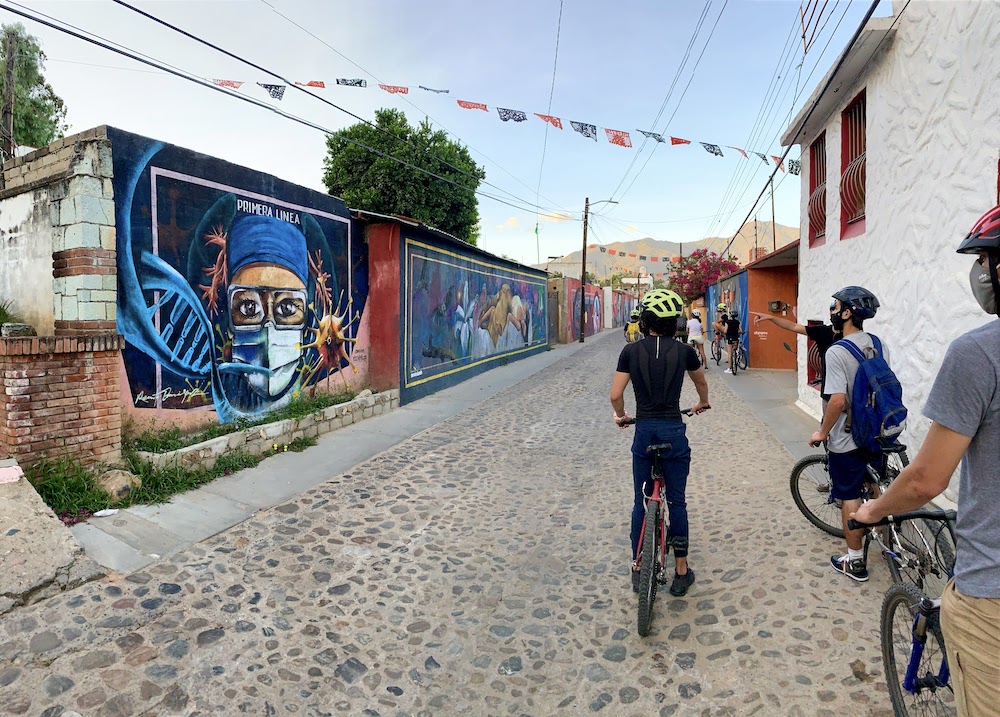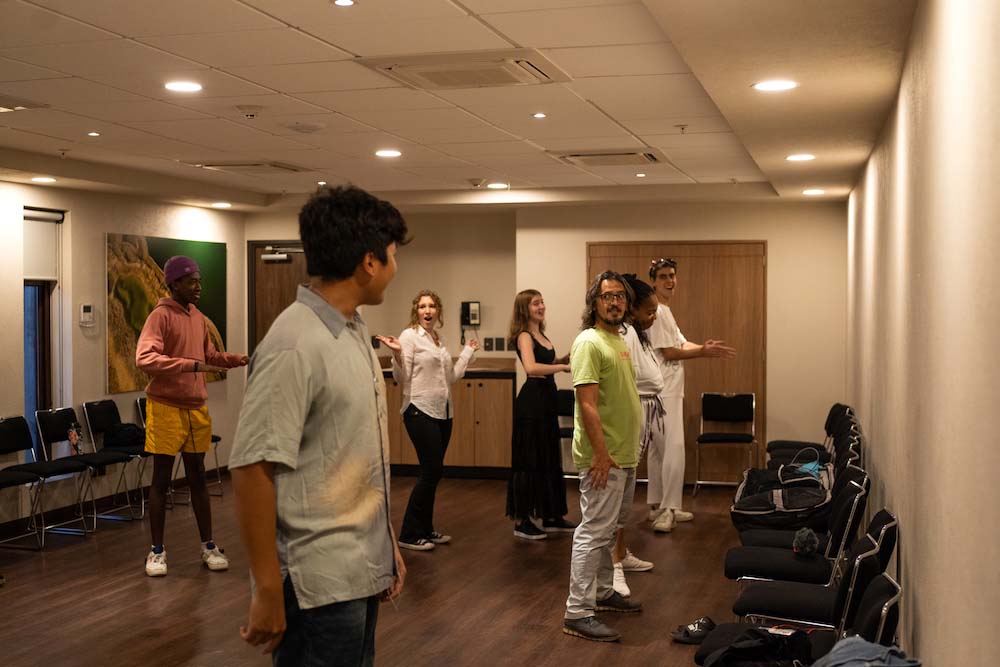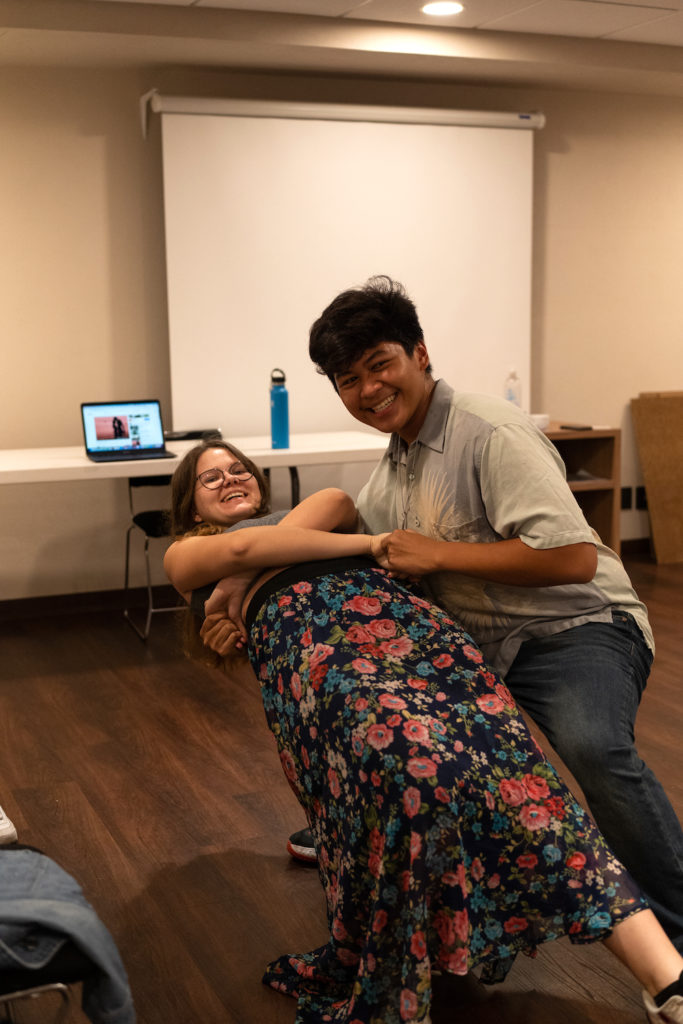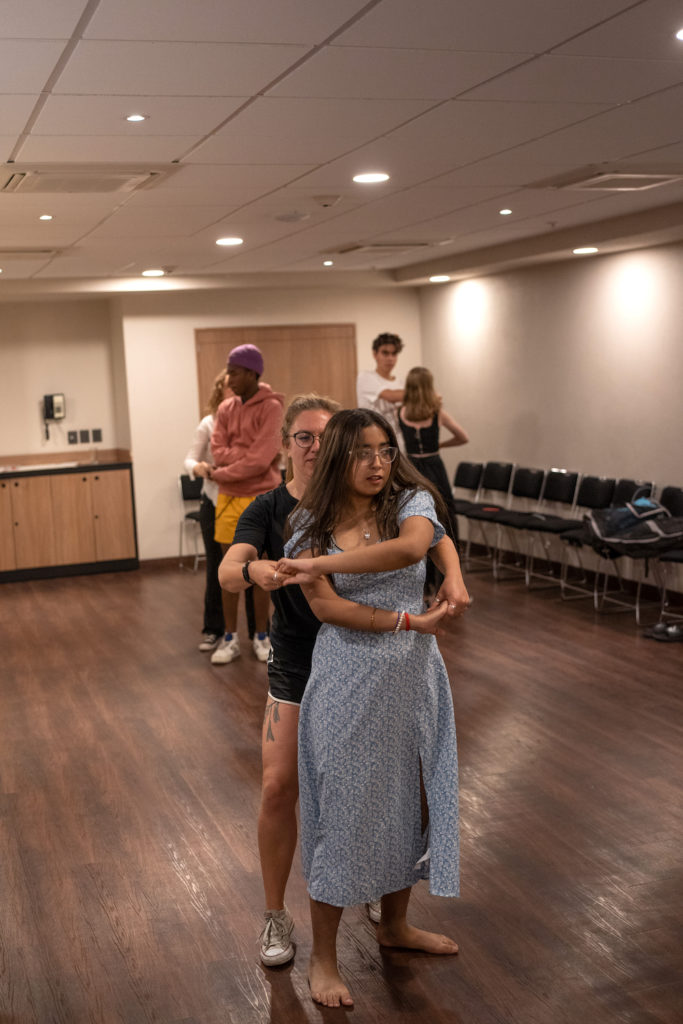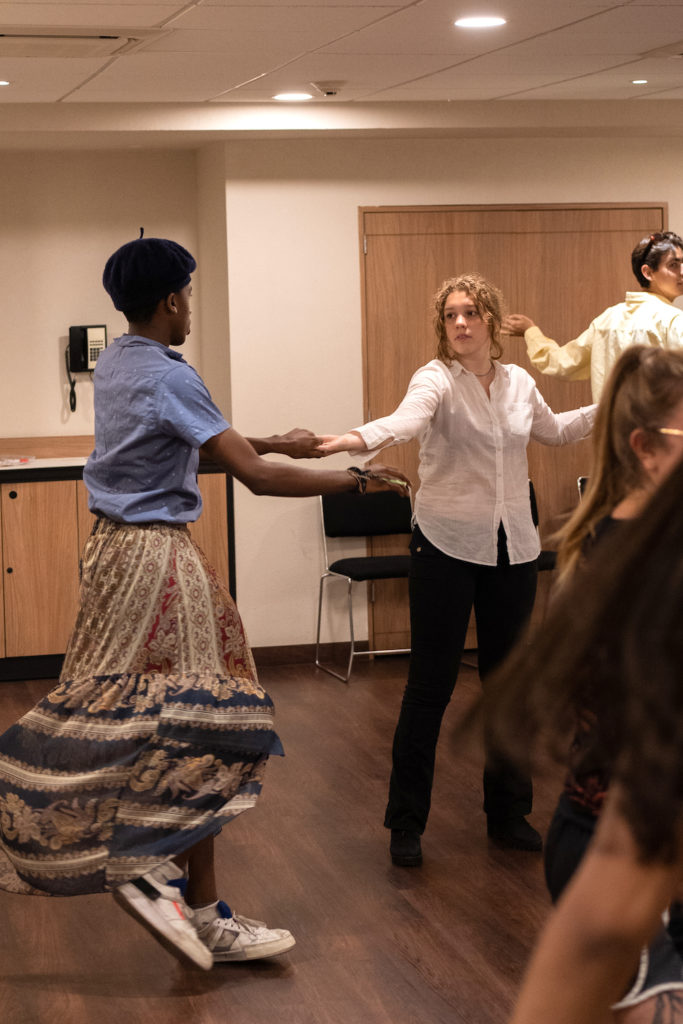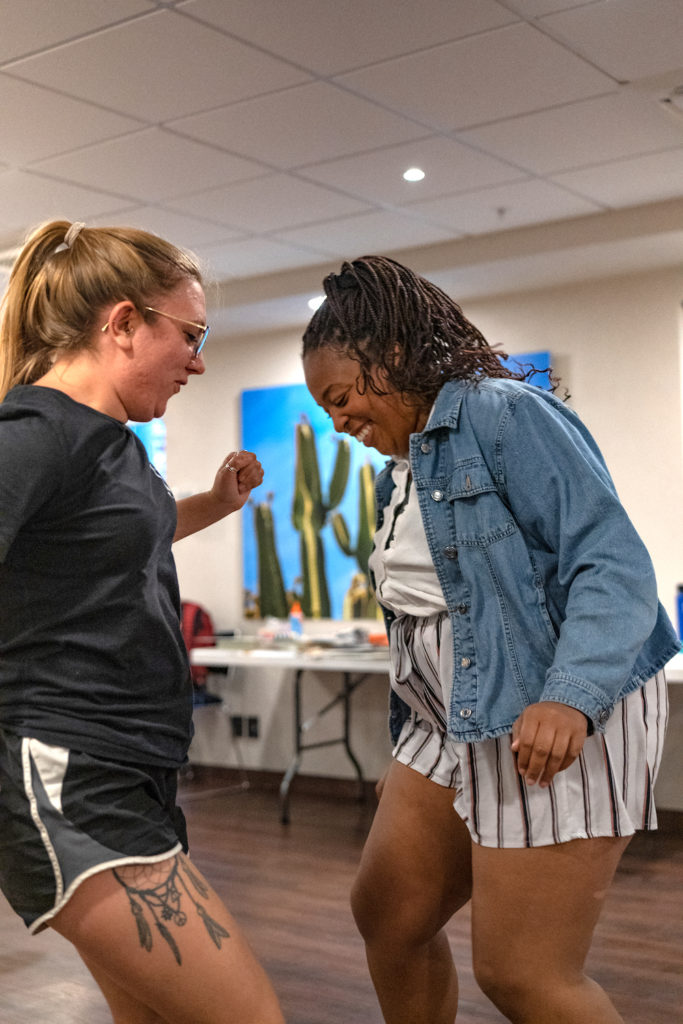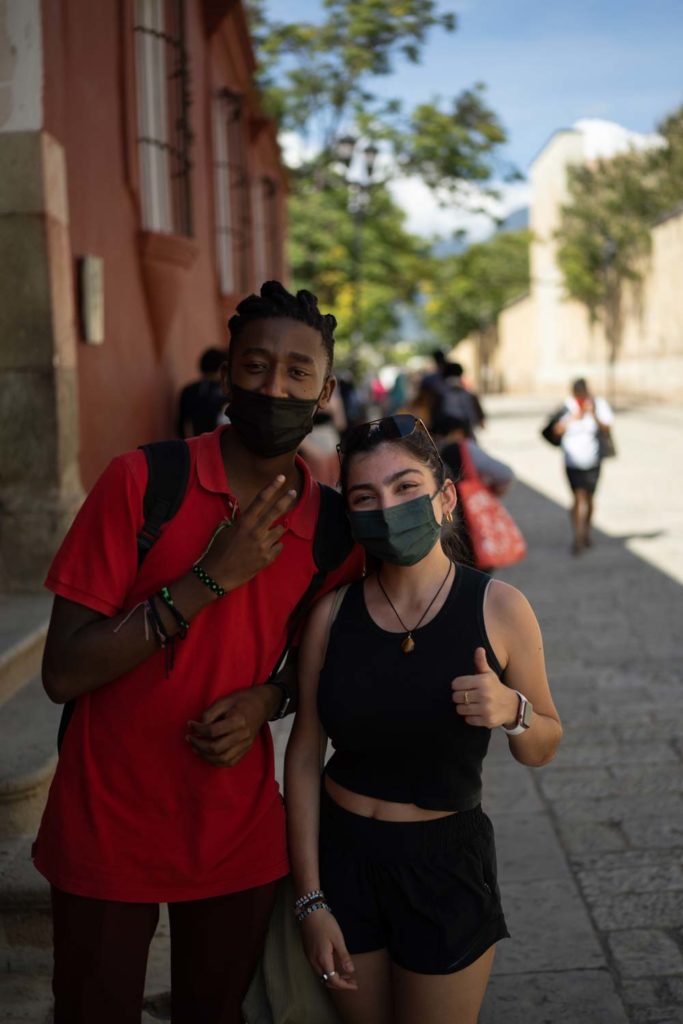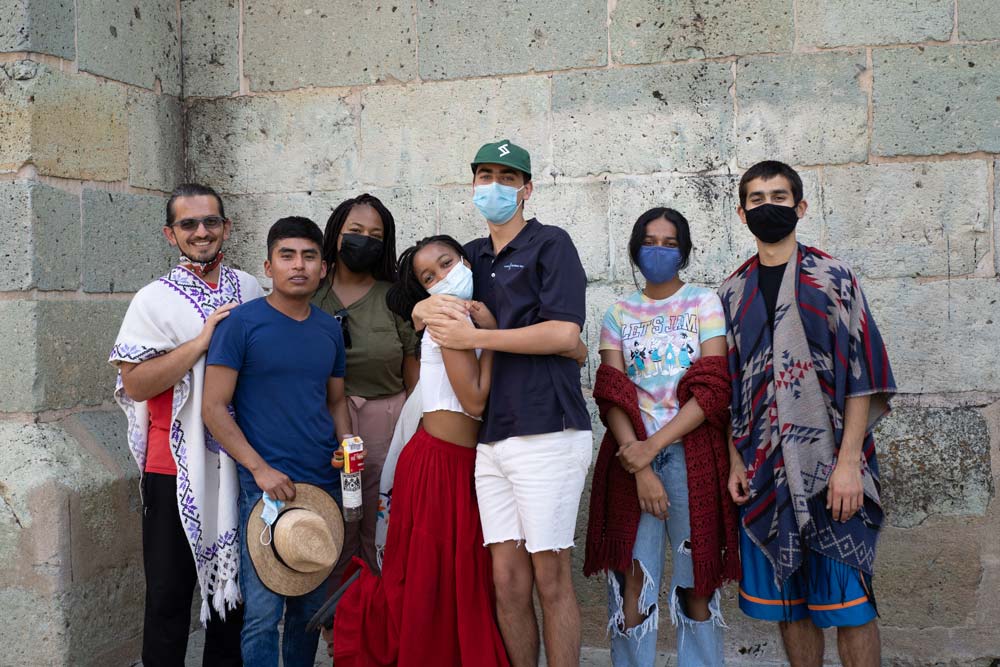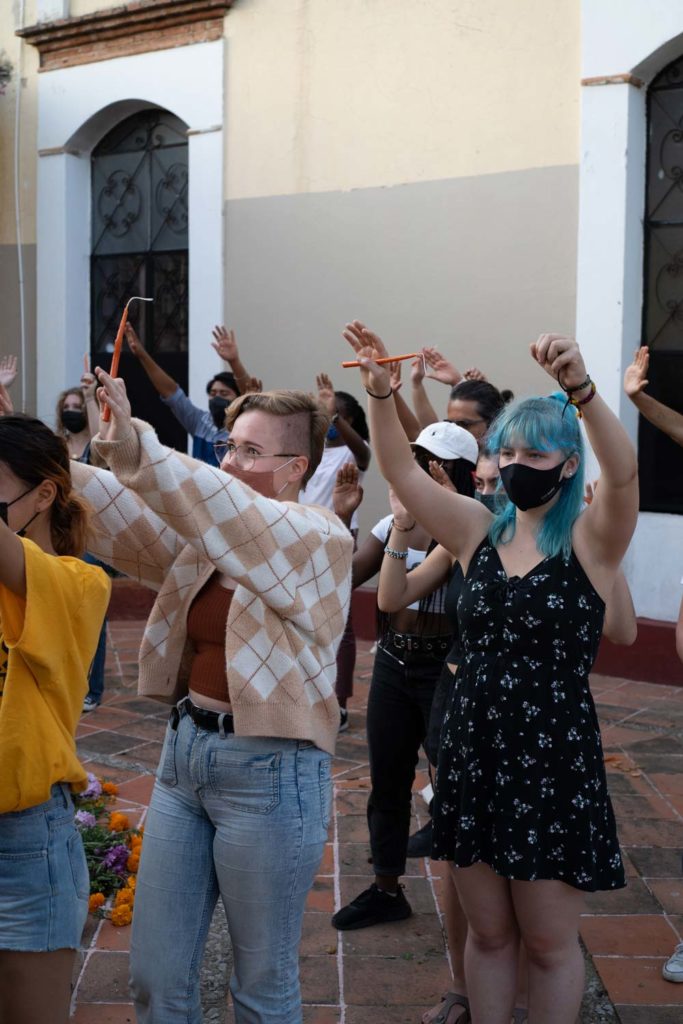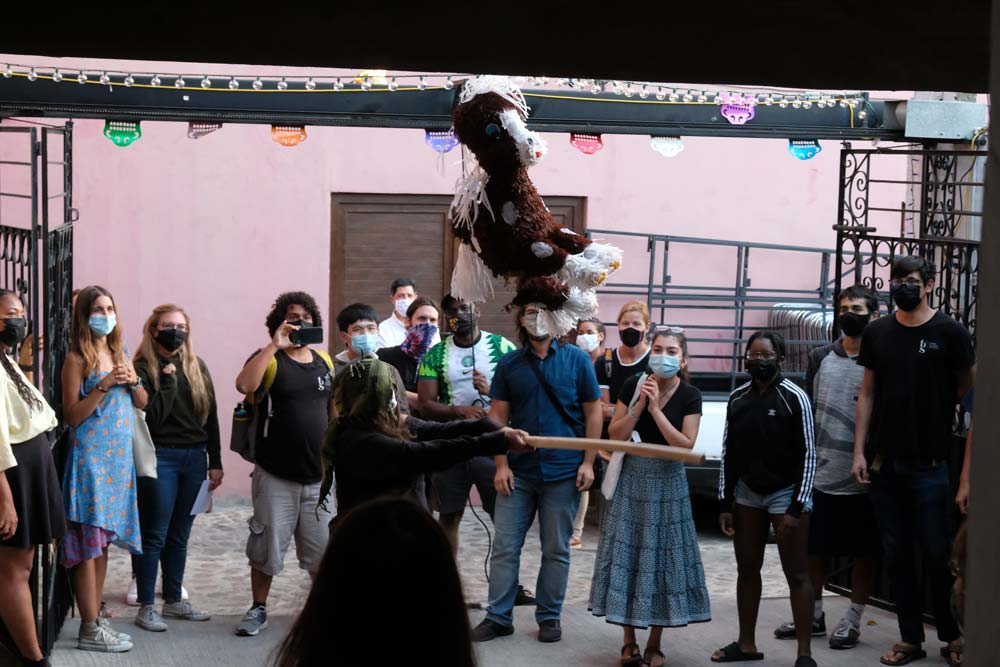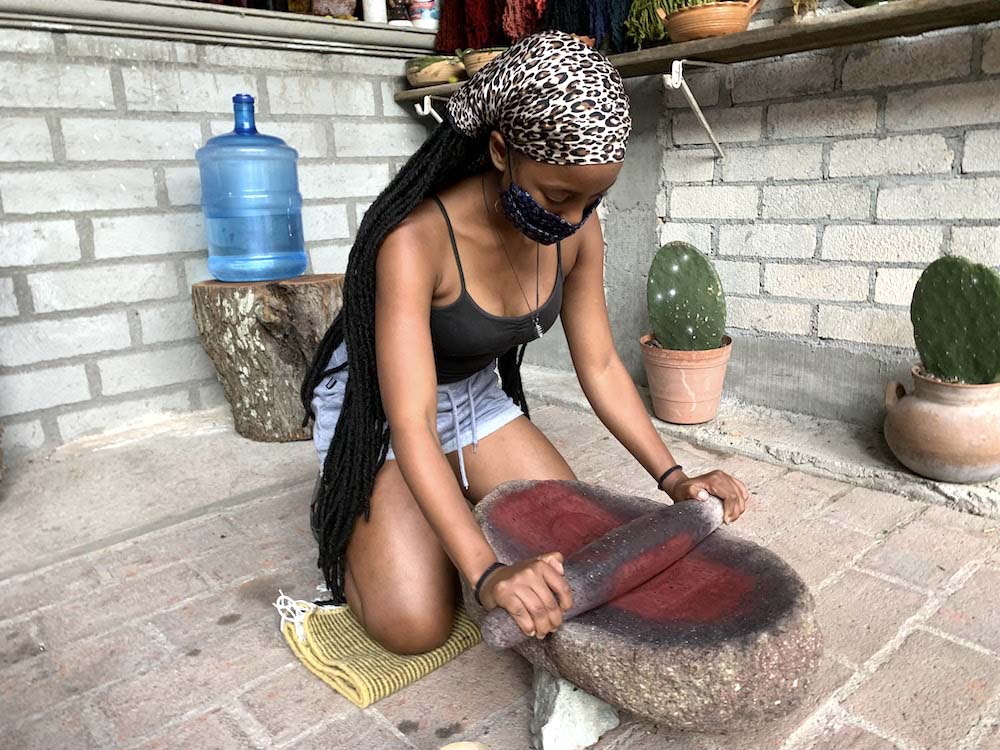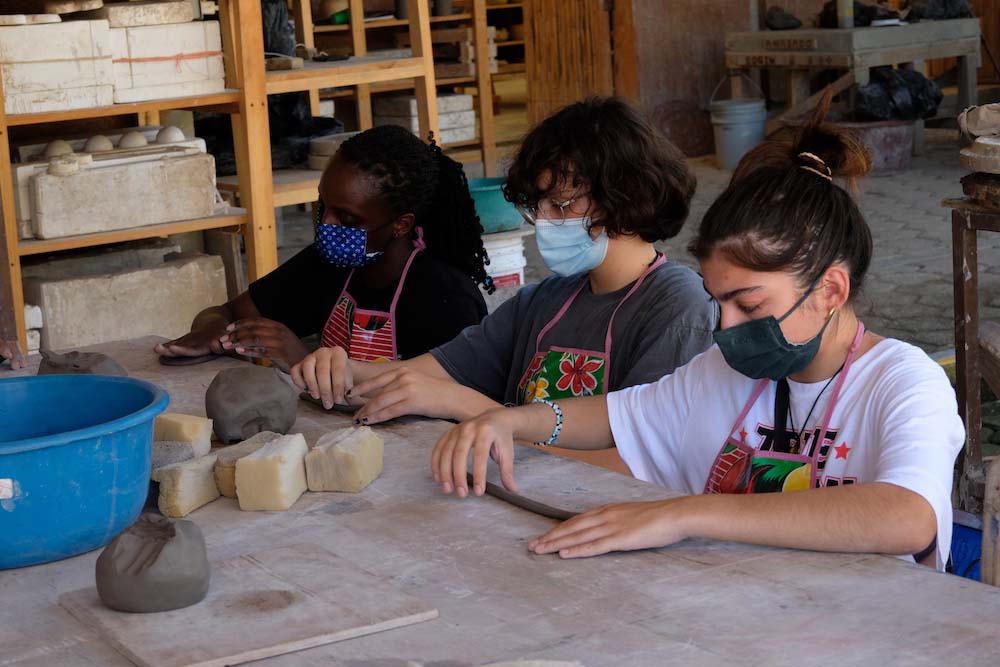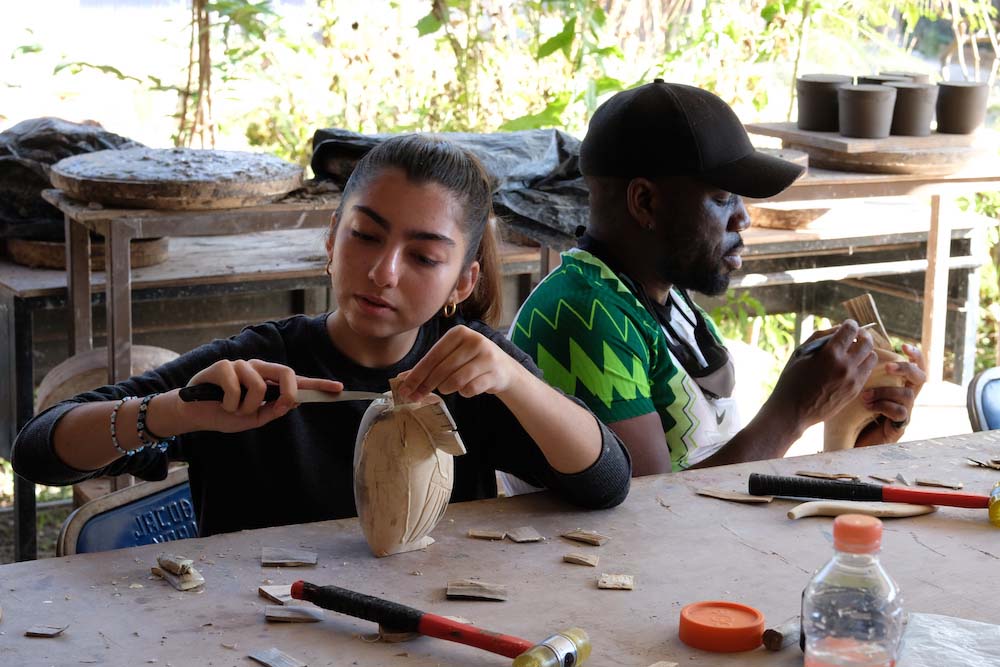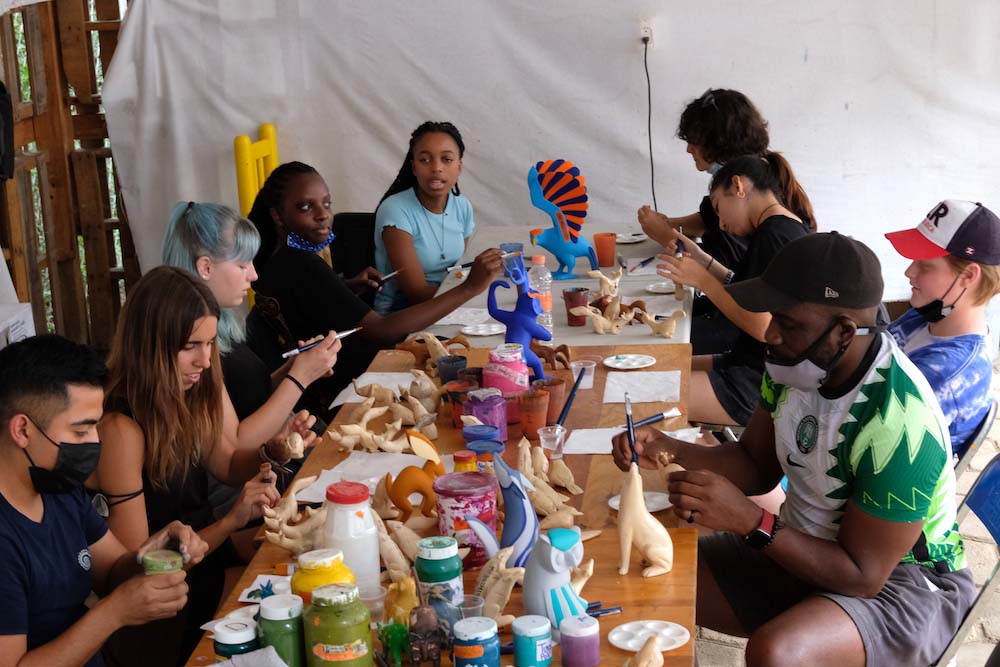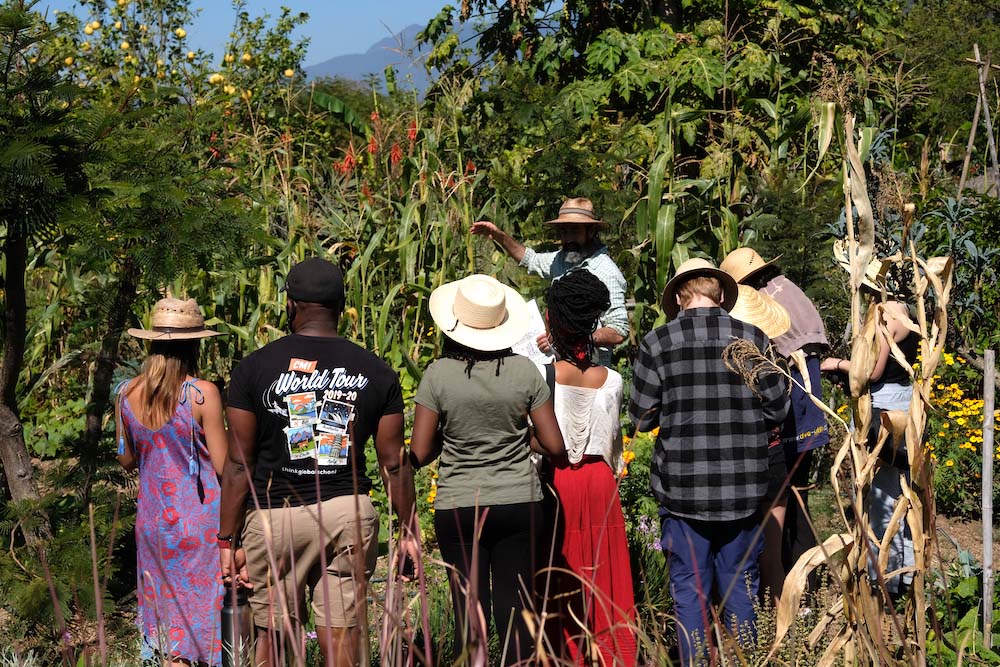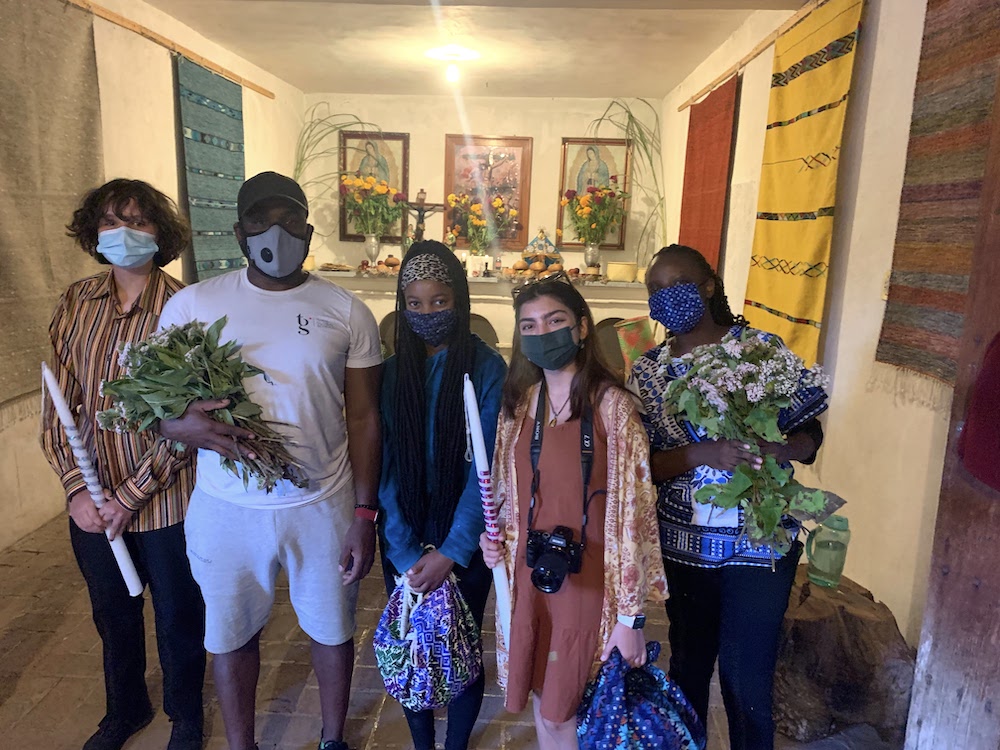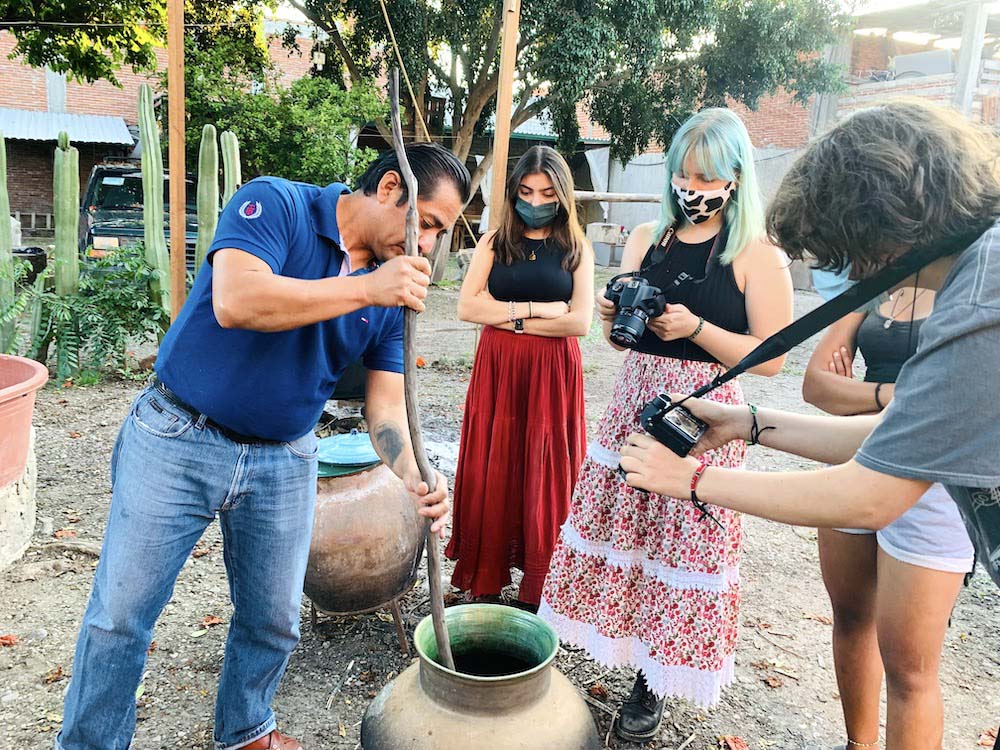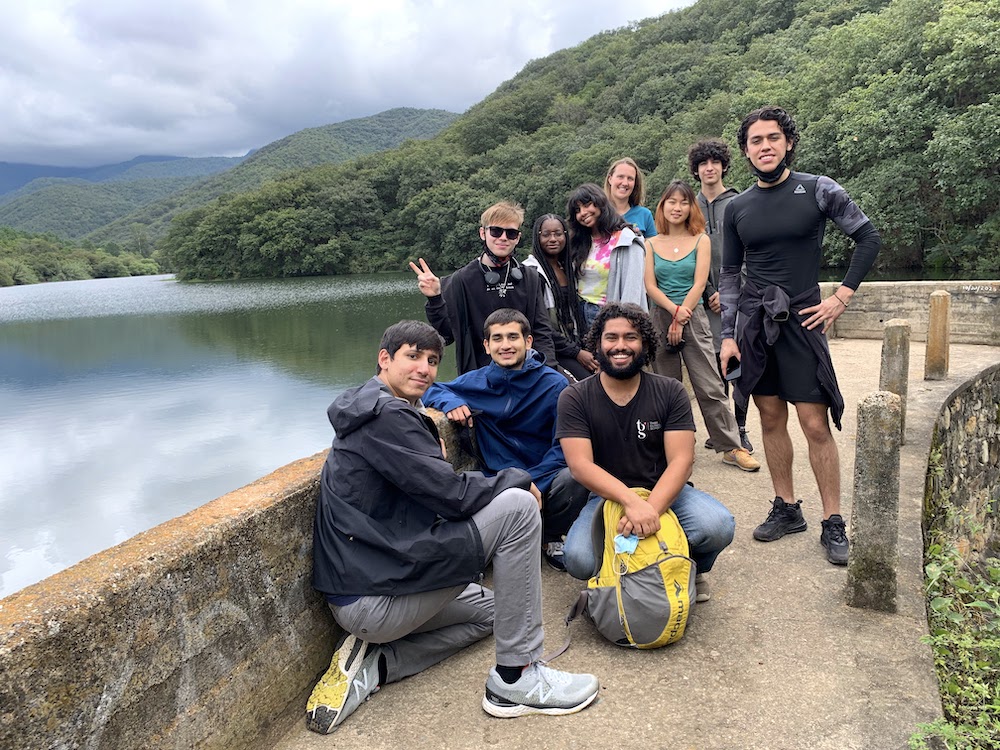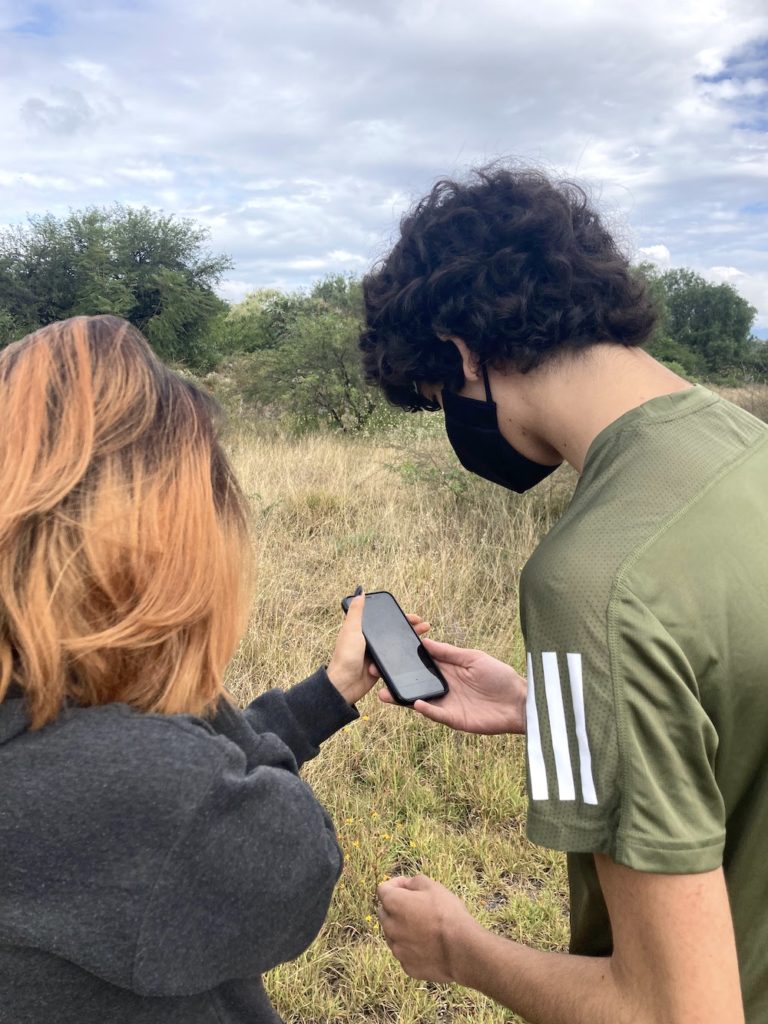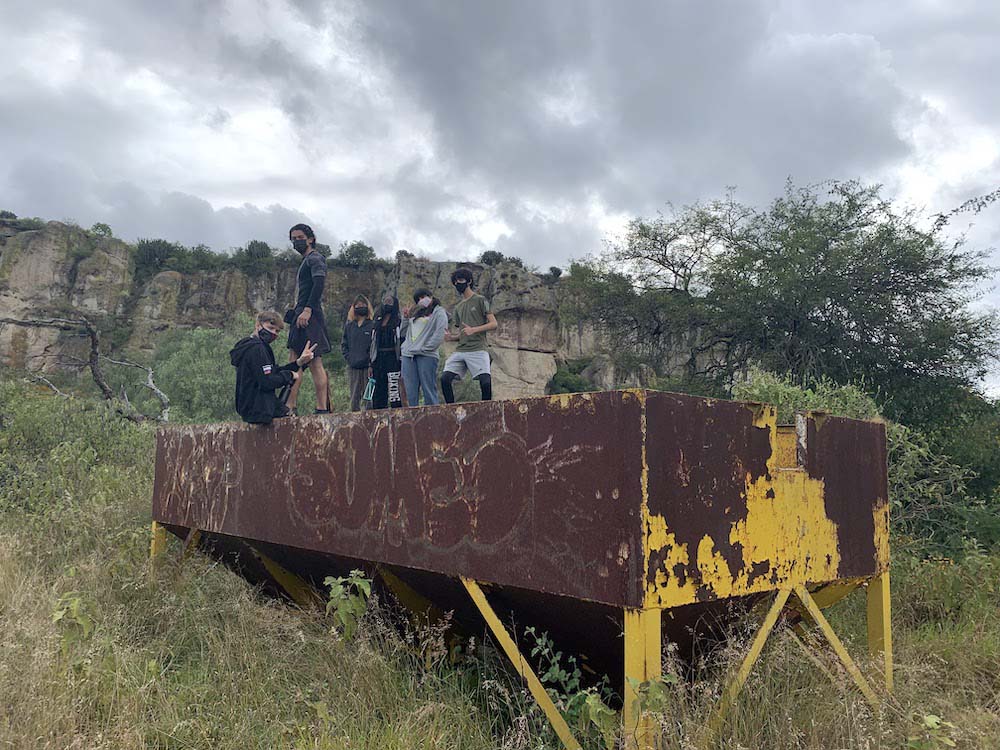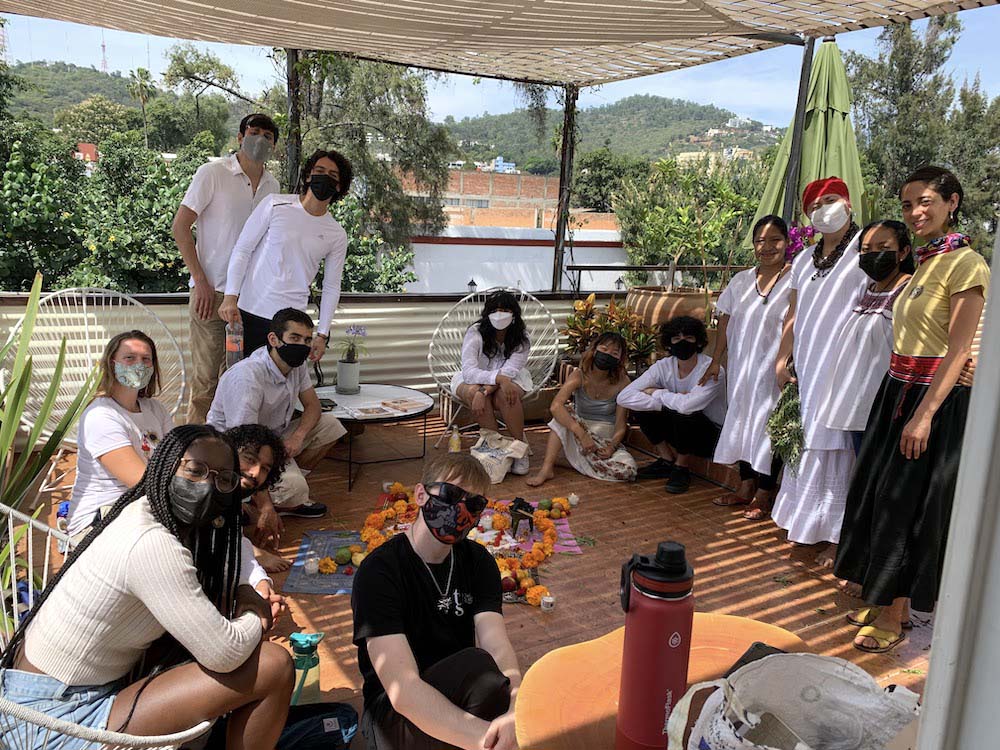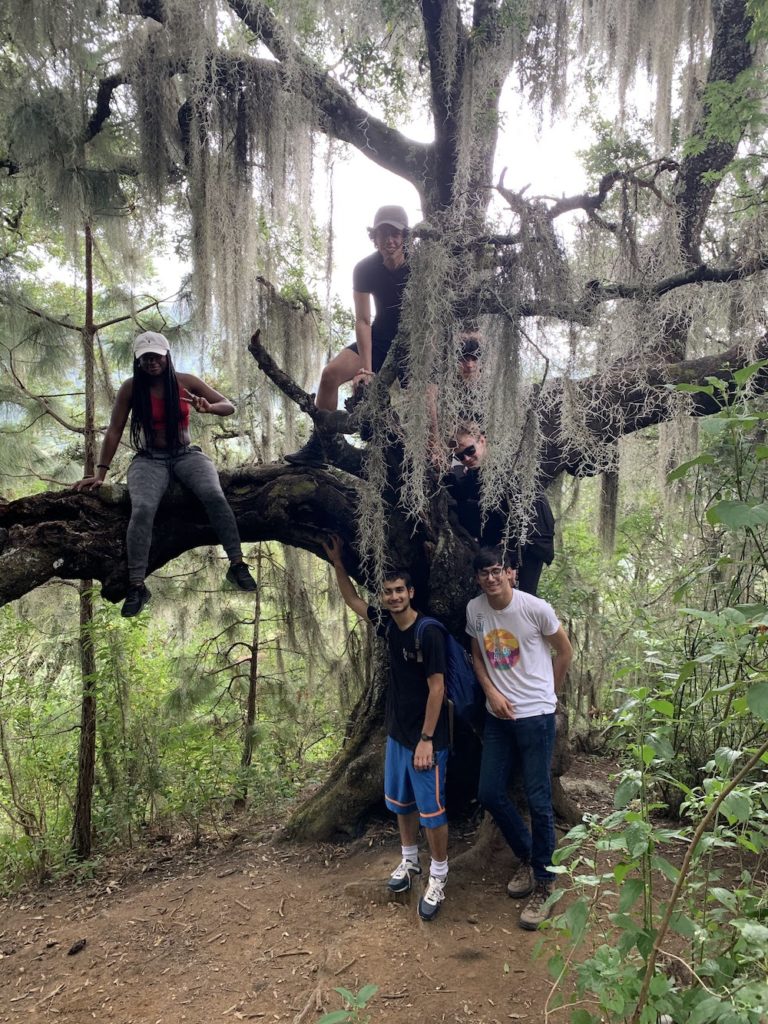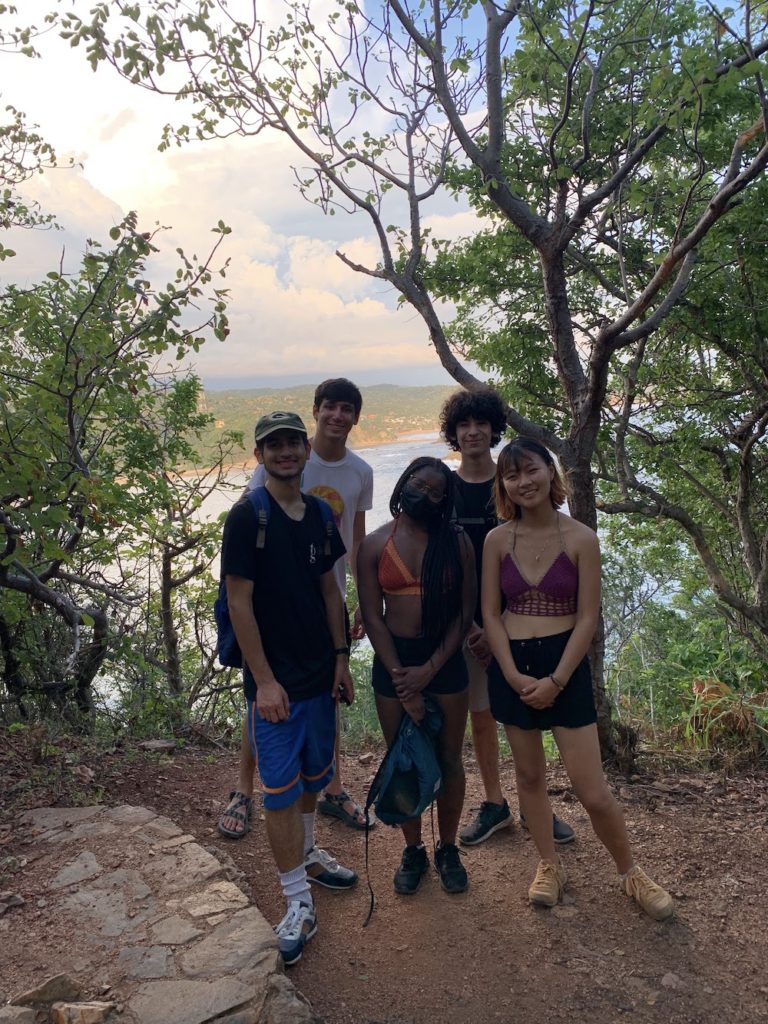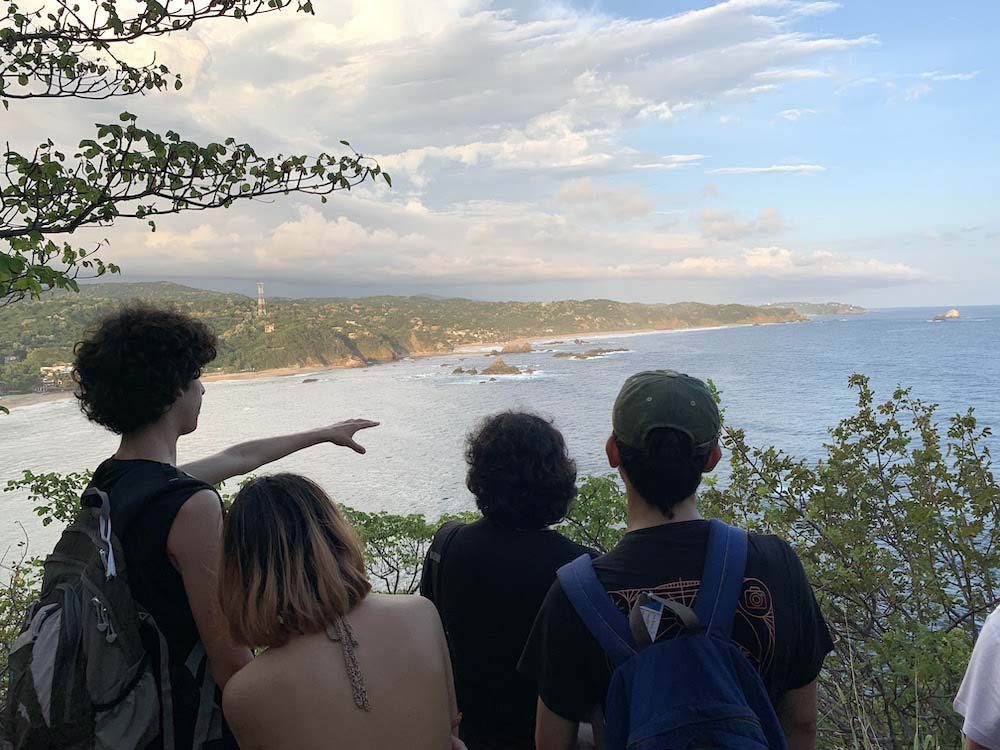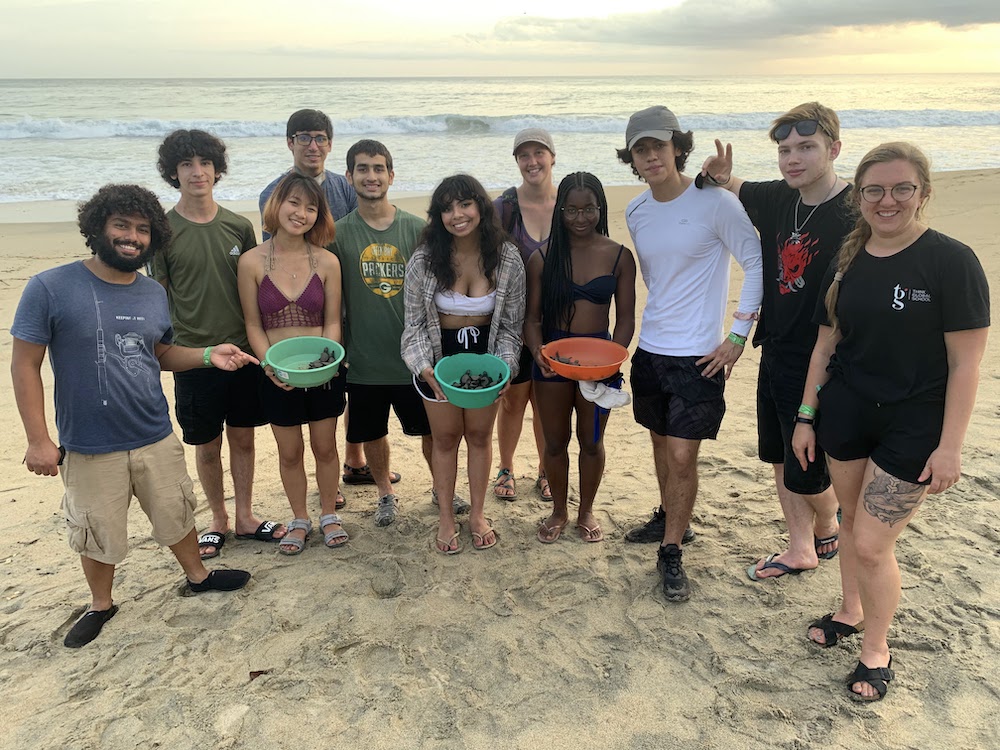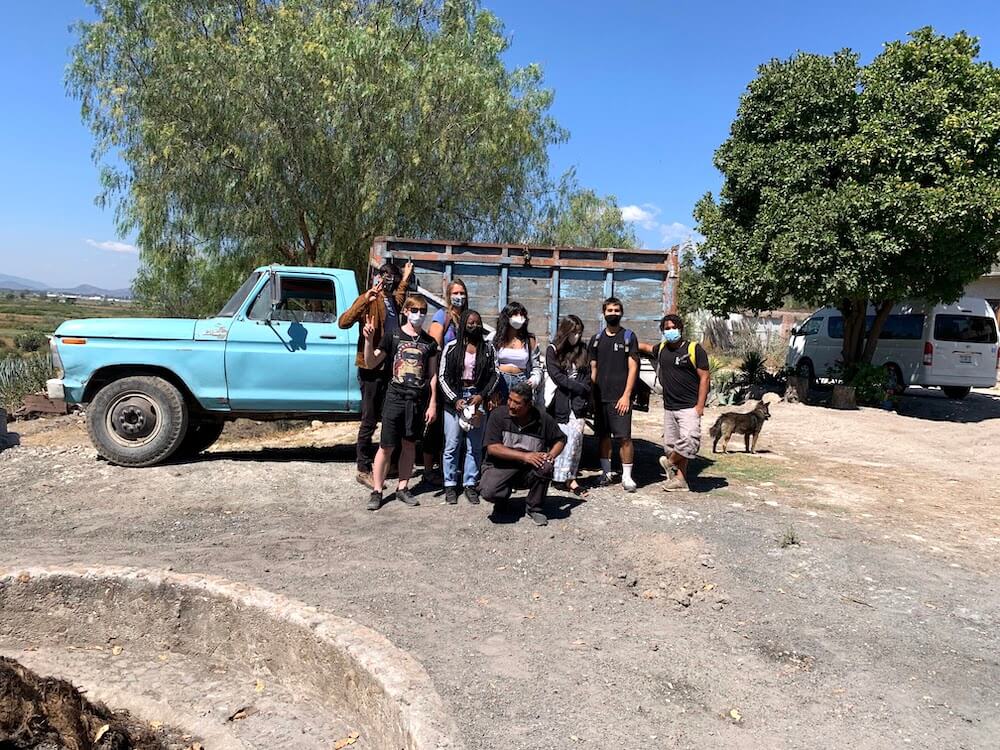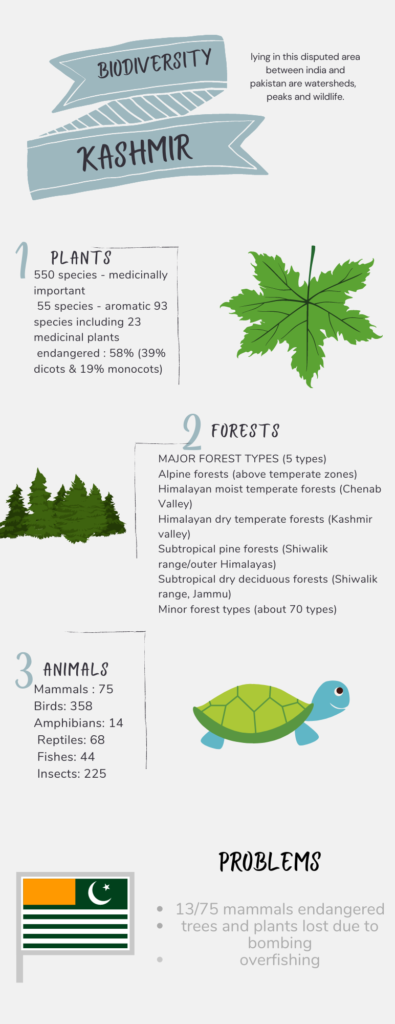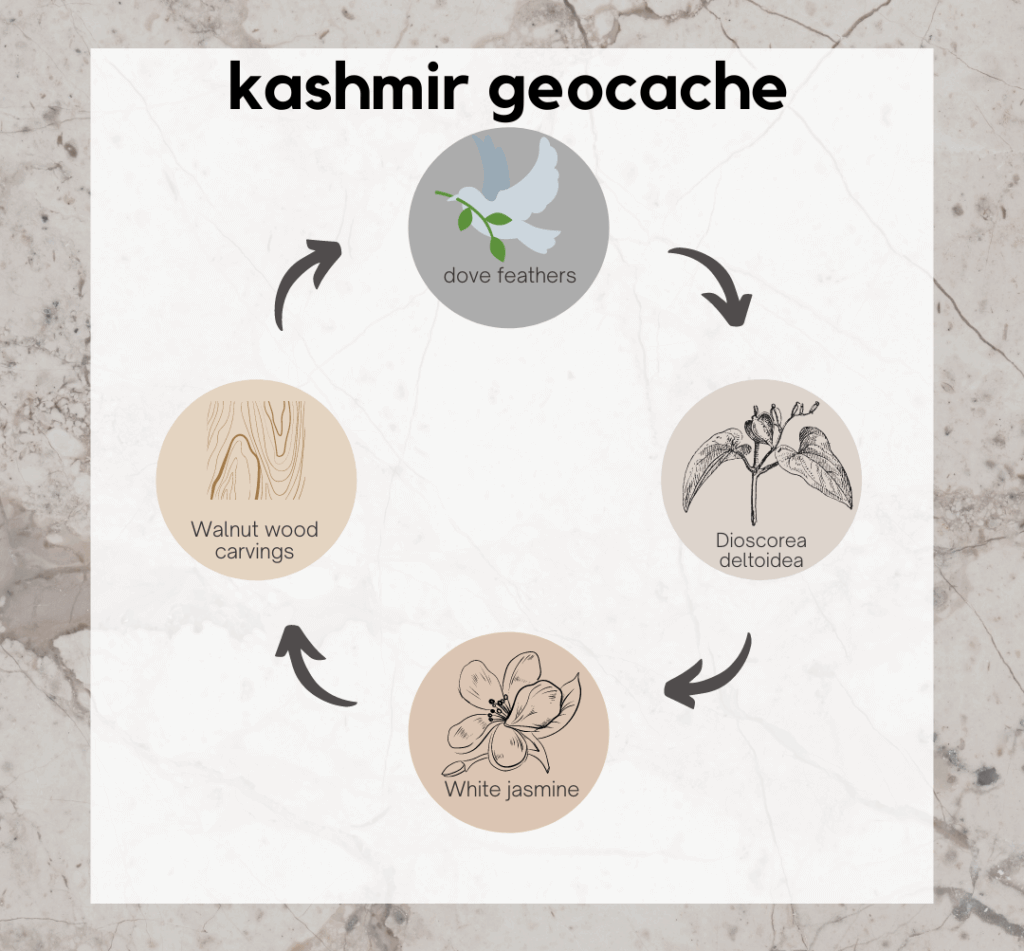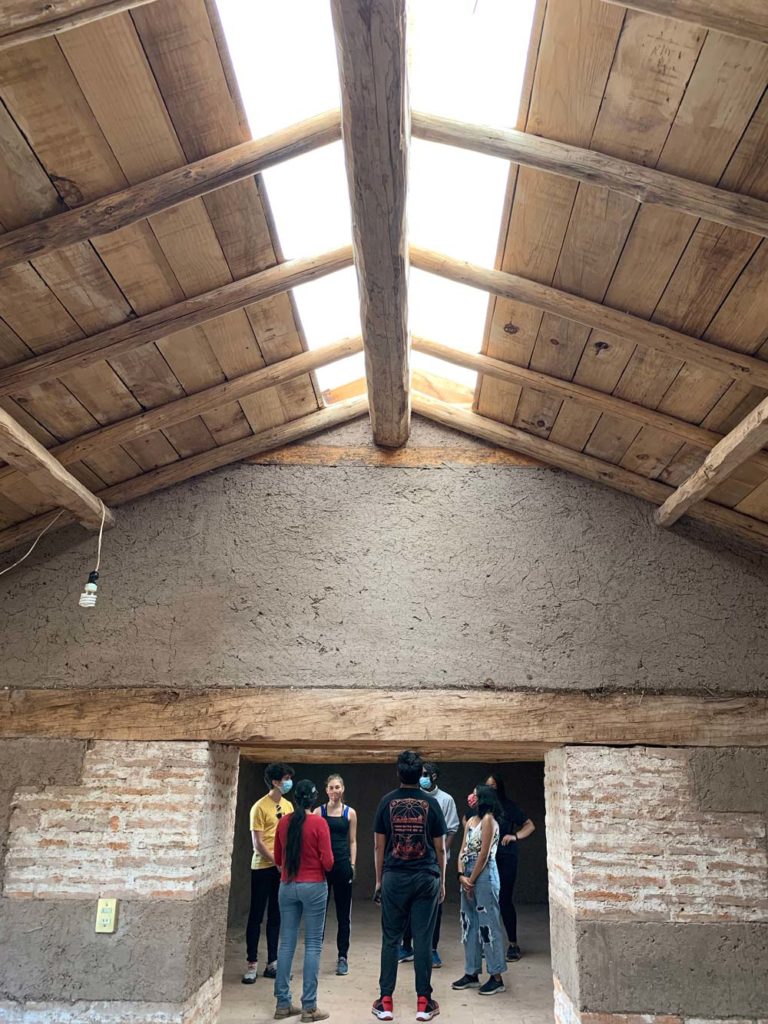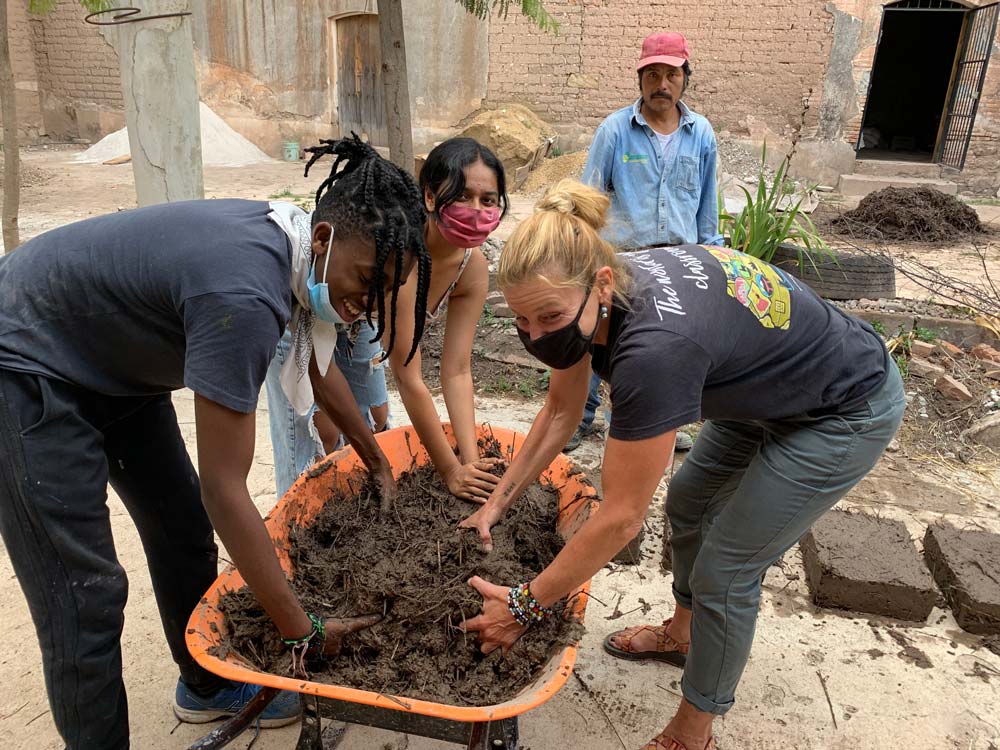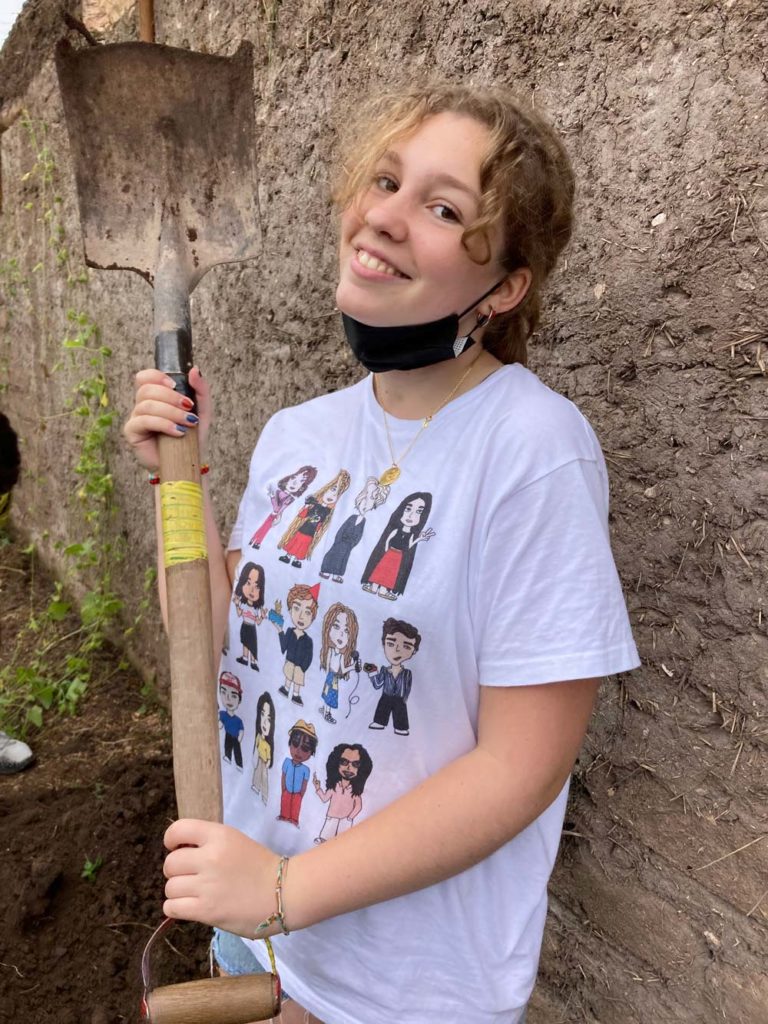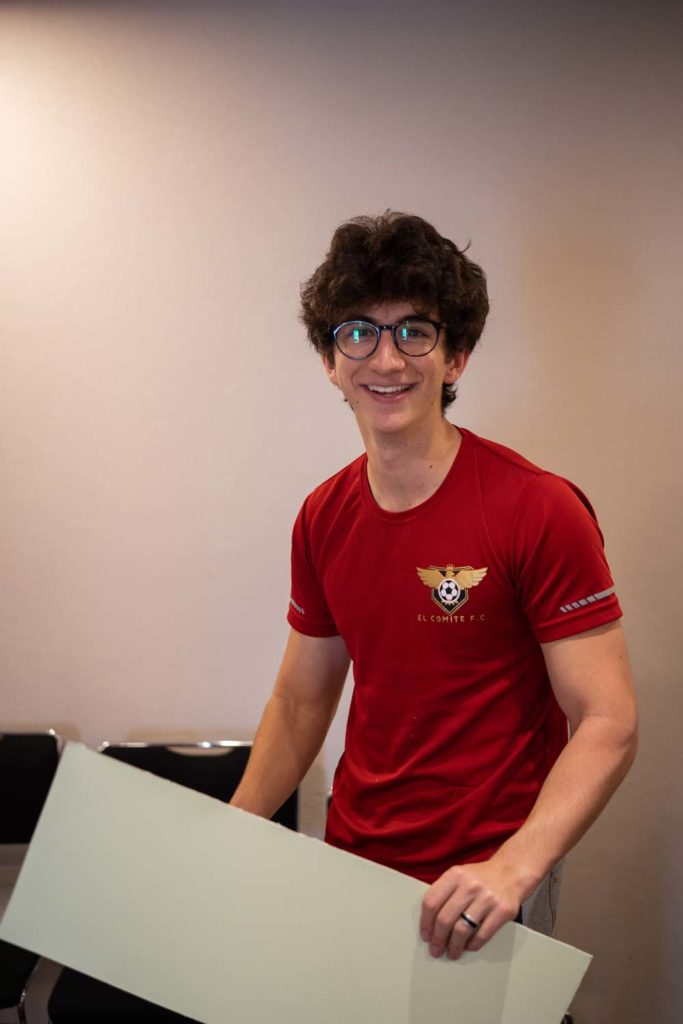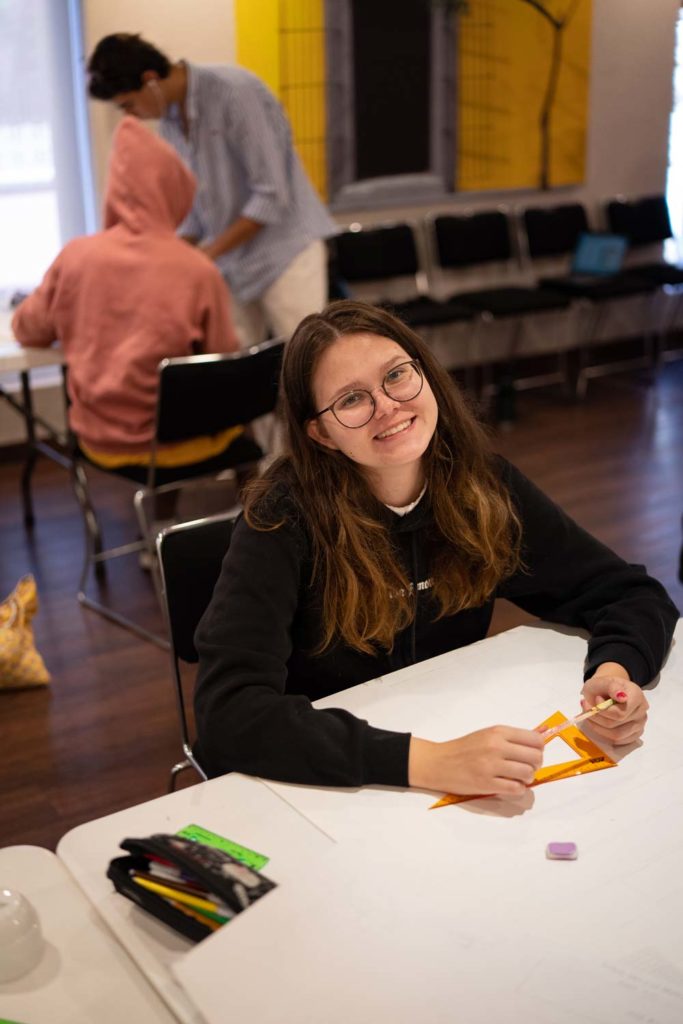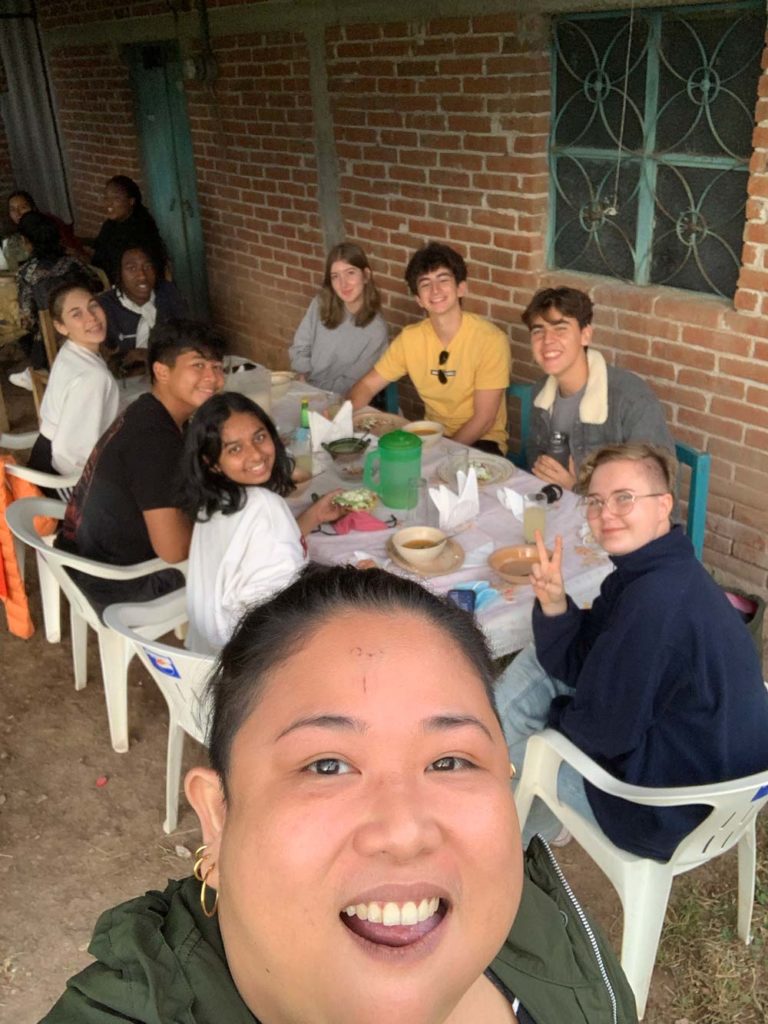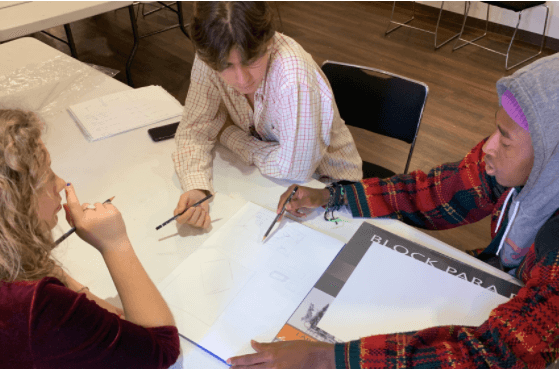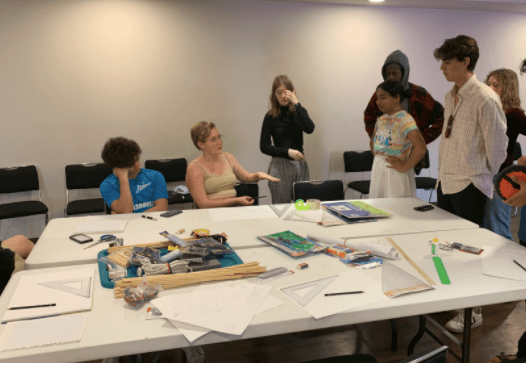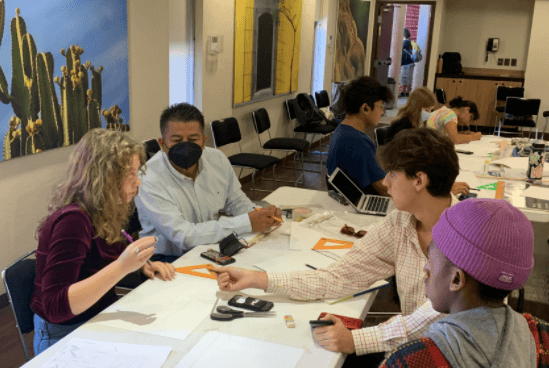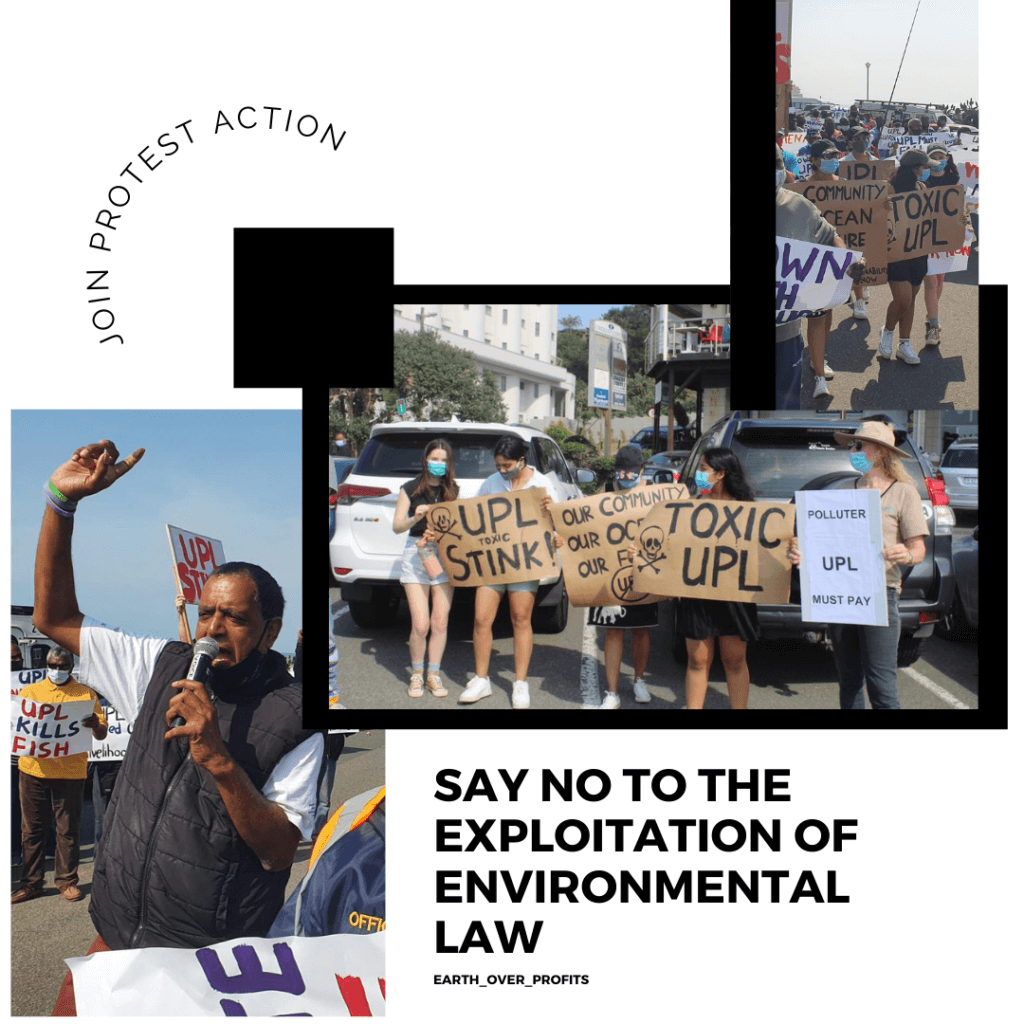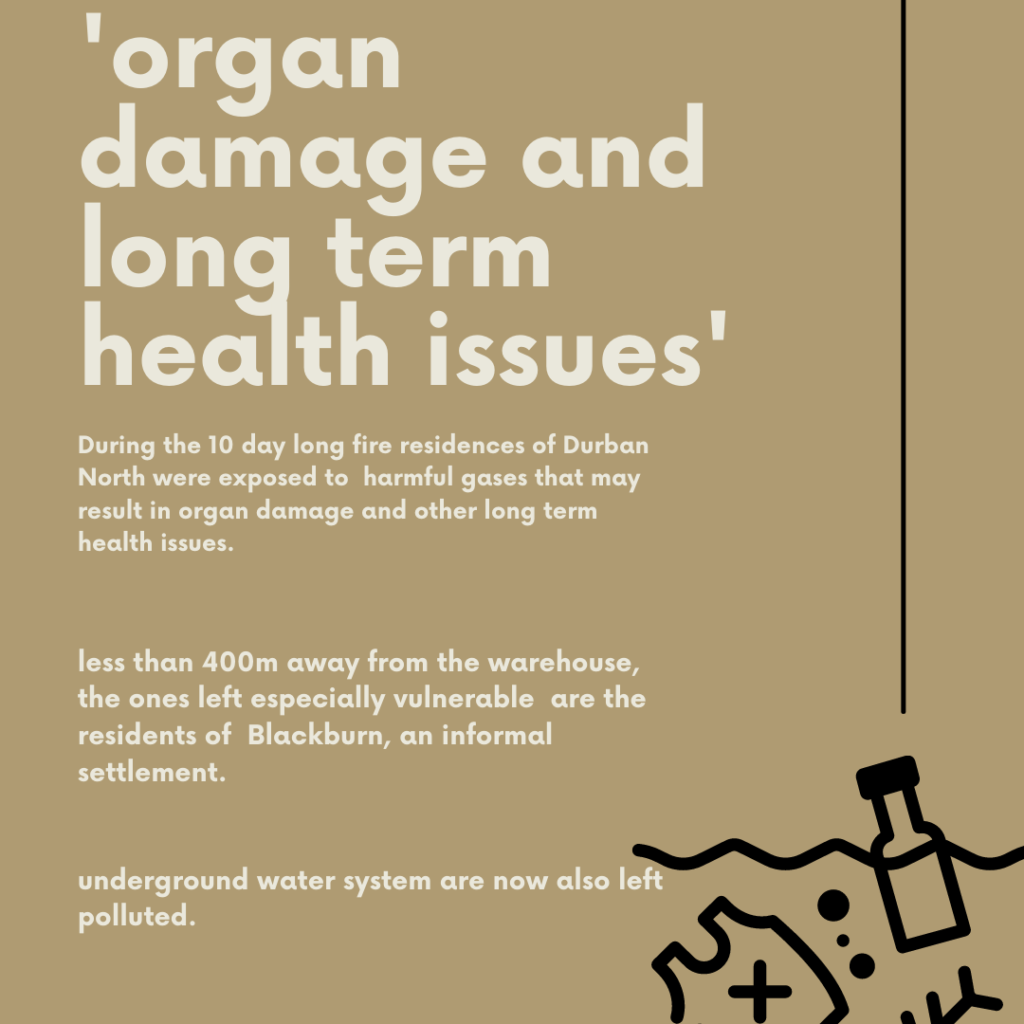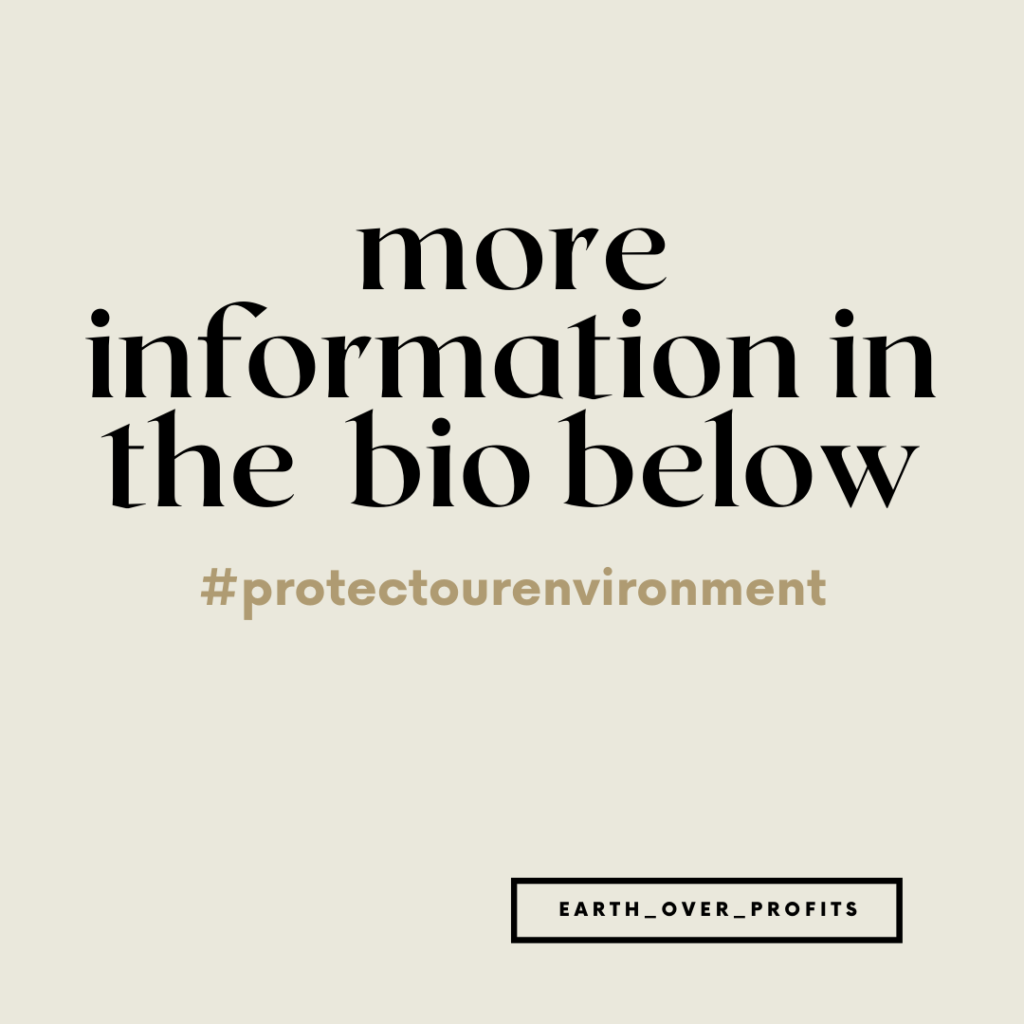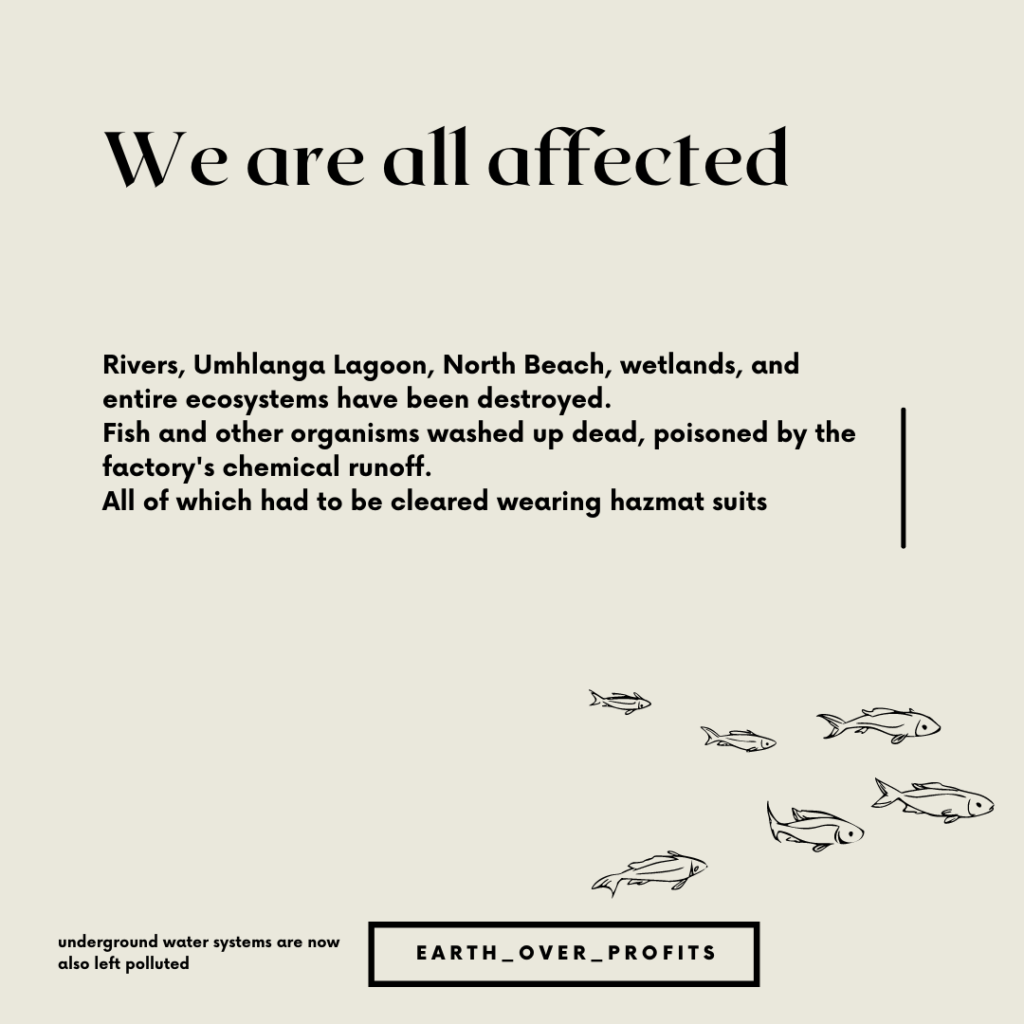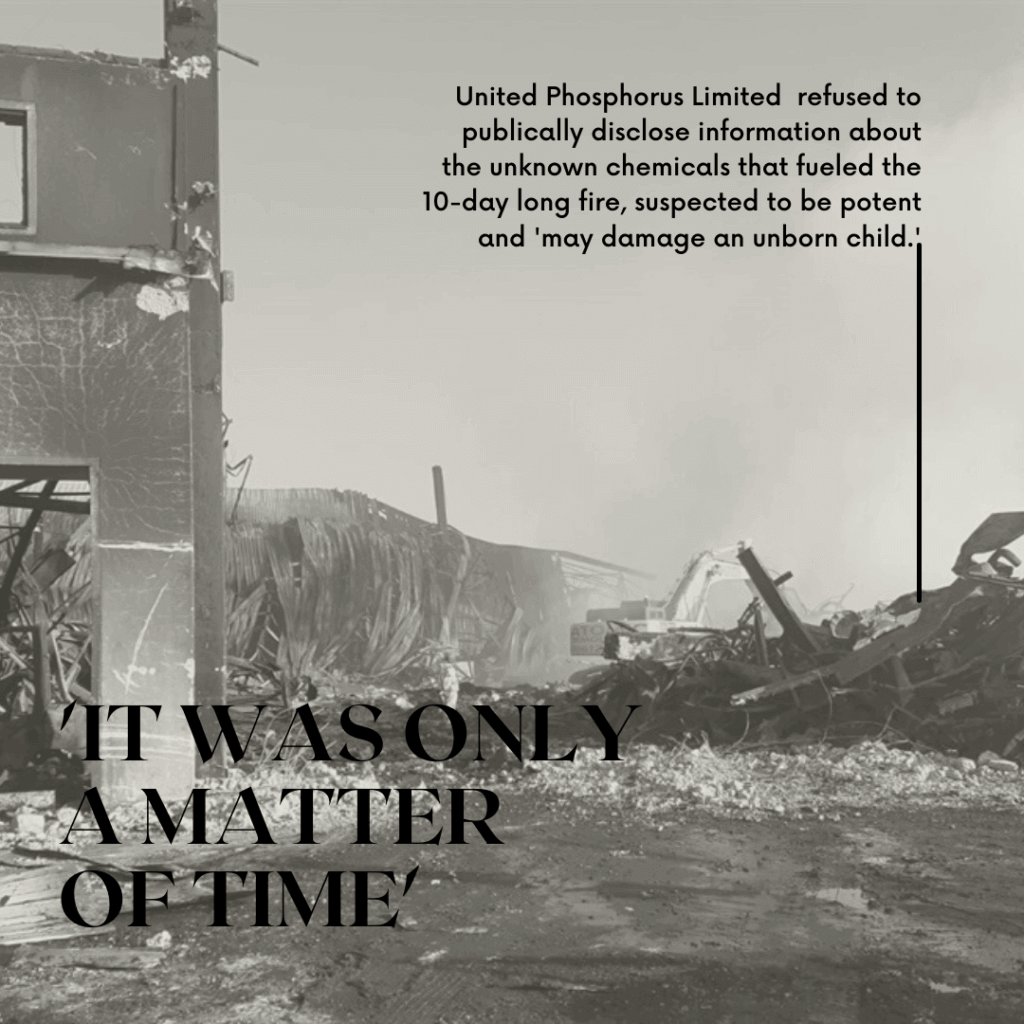1) Hi Nada, can you tell us what you've been up to since graduating from THINK Global School in 2022? Since graduating in 2022, I've been pursuing a passion I found while at TGS, sustainability, and I am currently majoring in engineering in renewable energy systems at Al Akhawayn University, in Ifrane, Morocco. But there is way more than that! I've had a chance also to explore the world of...
Read More¡Saludos desde México!
This fall, CM1 became the first TGS cohort to visit Mexico for a term. The decision to visit Mexico was strategic given the ongoing COVID-19 pandemic. Visas were readily available to most of our students, meaning fewer students would need to conduct the term remotely. Additionally, the country’s moderate climate meant that our students could routinely spend time learning and socializing outdoors.
The pleasant climate, coupled with our community’s strict adherence to COVID protocols, led to a very productive term with zero reported cases of COVID among our students, staff, and onsite staff.
Oaxaca
The term was spent in Oaxaca, a southwestern state known for its mountain ranges, rugged coasts, ecotourism, and easygoing charm. Oaxaca has held the distinction of being a UNESCO World Heritage Site since 1987, thanks to its vibrant cultures, stunning colonial architecture, and otherworldly cuisine.
After arriving in Mexico and completing their five-day quarantine period, CM1 students began working on their project-based learning modules. Projects this term explored topics ranging from biodiversity to local art to architecture.
The community also decided to focus on the TGS core value of Satya (to live truth in a way that is honest, steadfast, and uplifting to others) during their time in Mexico. The selection of a core value to focus on is a running theme for our CM1 cohort. They are urged to consider that particular value in all of their actions, including how they treat themselves and others.
New experiences are a keystone of THINK Global School’s overlying philosophy, and our students had the freedom to explore their host city of Oaxaca on many occasions. This freedom is critical to building up their leadership capacity, language skills, and trust within the community (not to mention the perfect time to indulge in all sorts of street food).
Community Physical Education
Our CM1 Cohort began a new initiative this term known as Community PE Sessions. Students focused on either cycling, Muay Thai, or dance during their time in Mexico and met with their selected group twice a week. Community PE proved to be a great way to take a break from studies, learn a new skill, and see a different side of Oaxaca. The community looks forward to carrying Community PE Sessions over into future terms.
Community PE Spotlight: Kick It Club with Yeli K.
As part of our Community Physical Education initiative, Class of ’23 Student Yeli K. taught our community Muay Thai techniques this term through her Kick It Club.
Yeli has been passionate about martial arts her entire life. Her time at TGS has provided new avenues to explore that passion, including through instruction.
Kick It Club has been an excellent way to boost our community’s overall fitness and level up CM1’s collective Muay Thai skills.
THINK Local Community Focus
This term CM1 also kicked off their THINK Local program, where students learned about the Zapotec language, traditions, and various issues affecting the indigenous communities around the state of Oaxaca.
The interactive program was designed to help students think critically about language and how it affects access to justice. Our CM1 community had the opportunity to speak directly with Zapotec people, participate in authentic ceremonies, and act out judicial cases involving Indigenous rights.
Project-based Learning Modules
Each term, our students select one of three modules to work on while in-country alongside at least one personal project of their choosing. You can learn more about our student-centered approach to learning here.
For Term 2, our CM1 students selected from one of the three modules shown above. Underneath the module’s name, you can find the driving question that students worked towards answering during the eight-week term.
AyAyAyAyAy Module
In the AyAyAyAyAy module (short for Appropriation -and- Appreciation -and- Assimilation -and – Authenticity- and- Art), the objective for this term was to gain insights into the connection between art and the economy and how these concepts impact the daily life of local communities in Oaxaca.
Students developed their interview and video skills by investigating the artisanal cultures of Oaxaca. For their projects, they focused on the following driving question: How might we convey the intersection of local arts and economy through documentary filmmaking?
To ensure their documentaries explored all angles, they visited a variety of artists from a broad range of economic statuses and motivations. This included artists working with no regard for monetary incentive to those whose work is the means of their subsistence.
As part of the module, students embarked on a nine-day weXplore which featured an array of activities and interactions designed to help them answer their project’s driving question.
The weXplore started in the town of San Martin Tilcajete with local artists Jacobo and Maria at their workshop center. During their four-day stay at the center, students had a chance to interview a variety of local artists and create ceramics and alebrijes (brightly colored folk sculptures).
To further learn about Oaxacan culture, students visited the towns of Santa Maria Tule and Tlacolula de Matamoros, the latter of which has gained renown for its traditional open-air market. These excursions provided direct ways to see the intersection of local arts and the economy in action.
Next up was a trip to Teotitlan del Valle, where module participants learned from a family of artisans about the local customs involved in clothes and rug making. Students also joined in on celebrations for the Day of the Dead, including crafting an altar at their hotel to honor and remember the deceased.
Defining Art Project by Keetah B.
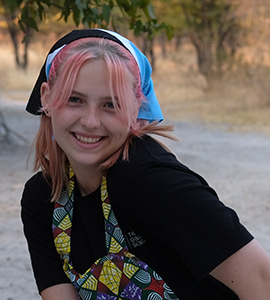
Art is such a big part of Oaxaca’s culture and its diversity is what makes it so unique. We had the chance to talk to artists who make art for a living, and it has been in their family for 5 generations. We also had the chance to talk to newer artists who may not depend on it for an income. It has been a very interesting experience to take in all the different perspectives of these artists, and learn about how they all coexist in the same place.
-Class of 2024 Student Keetah B..
What were your goals for this module? How did you achieve them?
During the AyAyAyAyAy module, my goals were to improve my filmography skills while gaining an in-depth understanding of art and economy here in Oaxaca.
Through this module, we were filming and editing for hours at a time, so I improved my filmography skills through constant practice and analyzing what I did wrong and how I could improve it. We also got feedback from local videographers, which was very useful when using Premiere Pro for the first time.
During both the weXplore and back at the main residence, the experiential learning really helped me feel like I understood Oaxacan art. We even got to take part in making the art and talk to the artists. I now have a greater understanding of the relationship between art and economy, art and politics, and art and culture. I feel that I have also learned about how vital artisanship is here and the perspective more modern artists have of artisans.
What new things did you learn about yourself?
I learned more about my filming style and what I can improve on when filming. I also learned that I’m a perfectionist, especially when it comes to editing.
I learned that my perspectives of what art is and the motivations people have for art don’t always align. I also learned how people’s perspectives of art itself might change depending on why they do art.
Beyond a Canvas Project by Kiana, Kirsten, and Camille
What were your goals for this module? How did you achieve them?
To inform others about local artists in Oaxaca relating to art and the economy.
What new things did you learn about yourself?
Throughout this module, we learned multiple different things: From how art and economy in Oaxaca are changing to learning how to edit and film our very own documentary. This module also tested our limits, as it was very demanding no matter how interesting, and we can say that we are very proud of our final result.
What are your big takeaway lessons from this project?
Our biggest takeaway is how the art industry has evolved here and how that impacts the artists here in Oaxaca, and how there is more openness to expressing oneself through art.
BioCache Module
Oaxaca is considered one of Mexico’s most ethnically and biologically diverse states. In this module, students learned about Oaxaca’s unique ecosystems and biodiversity and how this has influenced the Indigenous population’s traditions, customs, and beliefs.
Students explored ancient and modern human practices that contribute to their harmonious existence within their environment by focusing on the following driving question: How might we learn from the harmonious coexistence between biodiversity and local human activities in Oaxaca and apply it to our home communities?
The module took full advantage of Oaxaca’s pleasant climate and variety of terrains by including several opportunities for students to locate geocaches in the region and embark on scenic hikes. These hikes were a chance to learn firsthand about conservation efforts and issues in Oaxaca alongside how important the environment is culturally and economically.
For their final product, students created infographics that share biodiversity details about Oaxaca and their home countries. Additionally, to add a fun element to the project, students crafted and hid a geocache in a city park. Local geocachers who find the TGS geocache can then view the Oaxaca biodiversity infographic via a QR code alongside items students found in Oaxaca. You can see the Oaxaca infographic below.
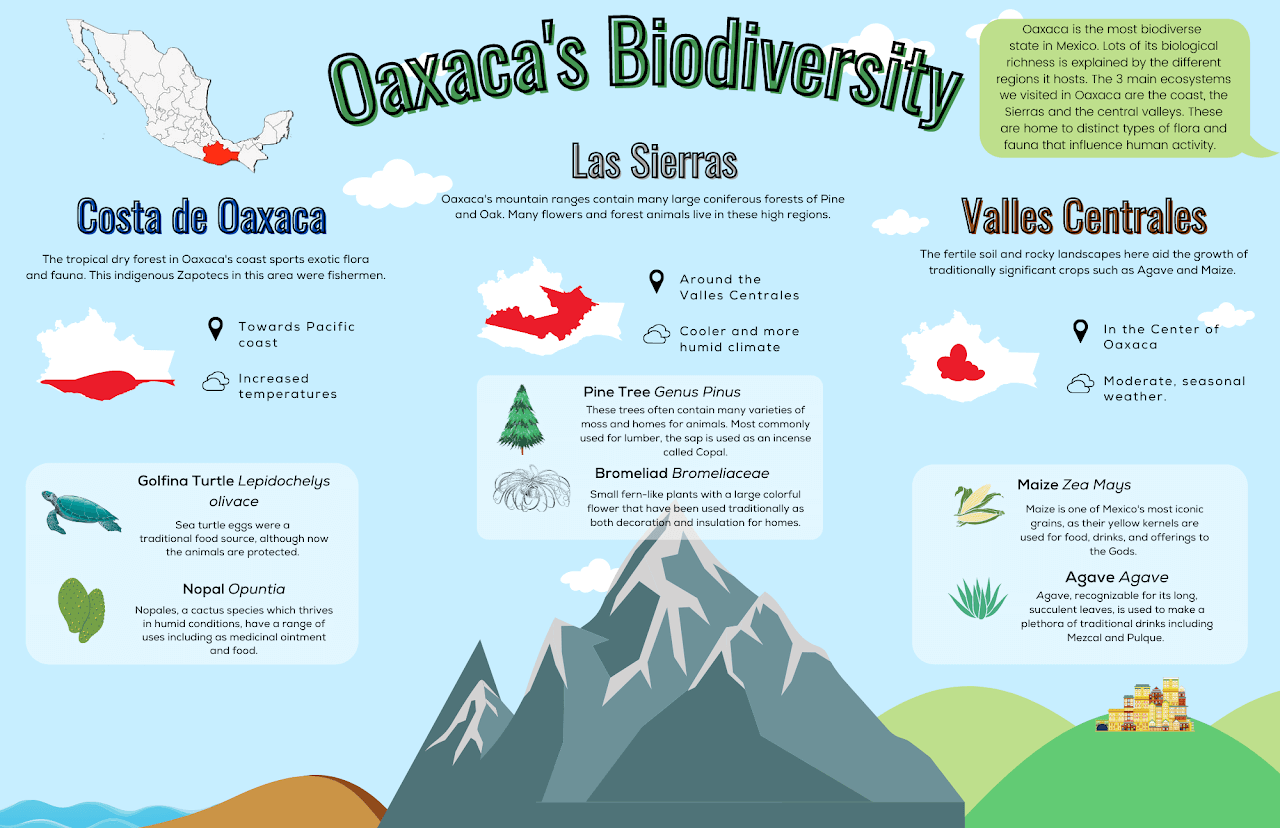
Module participants created the following infographic and placed it in a geocache.
weXplore
For the first half of their week-long weXplore, our BioCache module participants traveled to a rural region of Oaxaca, where they focused on the science behind the holistic practices used by local shamans.
Temazcal Ceremony
Through a series of activities, they considered how biodiversity affects human cultural practices and, in turn, how those practices impact local biodiversity. A highlight included learning firsthand about curanderismo, the folk healing system practiced by indigenous shamans. As part of the lesson, students participated in a temazcal ceremony, where heat and herbs are used to purify the body. In a temazcal ceremony, hot volcanic rocks are placed in the center of the steam lodge, and water is poured over the stones to produce steam. Herbs, typically sage or copal, are added to aid the cleansing process.
Mezcal Distillery
Students also had the opportunity to visit a mezcal distillery. They learned about the history of mezcal and how the naturally diverse agave plant has influenced and continues to influence Mexican and international culture. Students also learned about the different types of agave plants used in the distillation process and the old-fashioned tools still favored in lieu of modern technology.
For the second half of the weXplore, module participants visited the Oaxacan coast to gain perspectives on the fragility of the marine ecosystem. Students teamed up with a local conservation group committed to protecting the local sea turtle community to inform their studies.
The group’s experts spoke about the threats endangered turtles face in Oaxaca and what steps can be taken to restore their population. To close out the day, students had the opportunity to help usher baby turtles towards the water themselves.
Biodiversity-Kashmir Project by Maheen H.
For her final project, Class of 2023 Student Maheen H. focused on Oaxaca’s cultural and ecological diversity. She explored different avenues, from Oaxaca’s pumas to its alpine forests. She then contrasted this information against her home country of Pakistan.
For her infographic, Maheen focused on the Pakistani region of Kashmir.
Although Kashmir is an area of scenic beauty and incredible biodiversity, it does not receive much tourist attention due to its being an area of dispute with India since the late 1940s. Maheen selected to focus on Kashmir after hearing members of the Oaxacan community stress the importance of upholding their roots and traditions. Kashmir, in contrast, is losing its traditions due to the ongoing violence.
How Biodiversity Keeps Maine on the Map by Noah D.
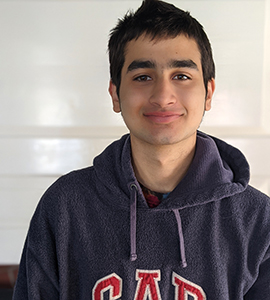
Through many of the traditional cultural experiences we partook in during this module — a temazcal (sweat lodge), limpia( soul-cleansing ceremony), and meditation in the mountain forests of San Jose — I learned that connection with myself is an aspect of connecting with nature that is very important. I’m thankful for being given the opportunity to look inside myself.
-Class of 2024 Student Noah D.
For his project, Class of 2024 Student Noah D. focused on understanding the unique environment present in his hometown of Arrowsic, Maine.
Noah’s time in Oaxaca helped him gain a general understanding of how ecosystems, climates, geographical features, governments, and cultures coexist. He then applied these findings into research about his hometown and was able to see the complex relationships and interconnectedness between environmental and human factors occurring in Arrowsic.
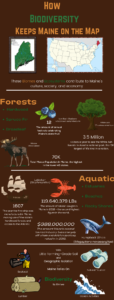
Los Arcos de Oaxaca Module
Driving Question: How might we use our understanding of architecture through time to design a context-informed structure?
In our Los Arcos de Oaxaca module, students developed an understanding of architecture, archeology, and anthropology through Oaxaca’s local communities and structures.
Students worked on construction projects throughout the term and even learned how to make adobe bricks. All of their experiences aided them in designing a 3D structure of an Oaxacan settlement, which served as their final product.
To design their final product, students worked in teams of three. They were required to include mathematical justifications, culturally-specific elements, and an environmental impact analysis for their work. These items were presented during the end-of-term showcase in front of a panel of expert architects, who provided valuable feedback to the module participants.
Online Portion
In the lead-up to the term, students spent time prepping for their time in Mexico and their project module by reading articles, watching videos, and completing Khan Academy assignments related to archaeology, mathematics, architecture, and geology. This allowed them to hit the ground running upon their arrival in-country.
Walking Tour
Their Oaxaca experience started with an in-person walking tour of Oaxaca City. Students saw building development from ancient to modern times, including Oaxaca’s indigenous and colonial influences. The tour explained each of the different styles of architecture on display and the inspiration behind the structures. It also delved into how religion factored into the development of many of Oaxaca’s most famous landmarks.
weXplore
For their “Los Arcos de Oaxaca” weXplore, participating CM1 students traveled north for a week of activities centered around Oaxacan architecture, archaeology, math, and anthropology.
During the weXplore, students met with local architects to better understand Oaxacan structural design and how buildings are designed to survive disasters like earthquakes. To learn more about adobe, the region’s primary building material, they created bricks at a construction site to help renovate a local house.
The week also included scenic hikes, visits to the UNESCO Mixteca Alta geopark, and a trip to the Instituto de Permacultura Tierra, a demonstration farm committed to advancing sustainable concepts like solar panels and composting toilets in the region.
A standout cultural activity for students was their Day of the Dead excursion. During these days, they traveled to Santa María Suchixtlán and Santiago Apoala to learn about the holiday’s festive traditions and even had the chance to build their own altar.
Efficient Human Settlement by Mila, Mmetla, and Guillermo
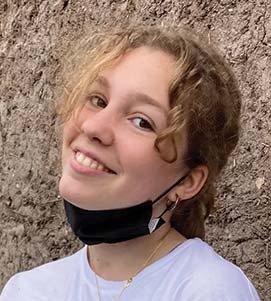
One of my favorite sessions was right after our wexplore, visiting Tierra del Sol. It was unbelievable. The place was fantastic and so heart-warming. Everything was so thought out and showed an impressively accurate representation of what a community space should look like. I spent such a great time there and hope to go again. I learned more than I could’ve imagined.
-Class of 2023 Student Mila F.
Our group designed what we believe is a modern take on a traditional Oaxacan house and gastronomical hub which showcases the Oaxaca’s rich food and drink diversity.
What new things did you learn about yourself?
We learnt about the impact of colonialism on Mexican architecture through our experience through seeing the use of traditional European elements that incorporate Mexican structures.
What are your big takeaway lessons from this project?
Our biggest takeaway was the process of the environmental impact analysis as I feel like the process of environmental impact analysis will be very important in any project I want to do that involves construction thinking about input and output I am putting in the environment.
Urban Gardens by Samy, Viktoria, and Rachel
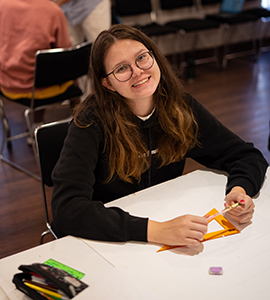
This module was one of my favourites, as I learned more about the ins and outs of sustainable buildings in the state of Oaxaca and a little bit of architecture. Ever since TGS introduced the core value of Pixki, I have become more aware of the environment and the impact humans have had and will continue to have on the world around us. Every small project like this makes me think more and become conscious of my actions.
-Class of 2022 Student Viktoria L.
What were your goals for this module? How did you achieve them?
Our goal this term was to create a sustainable settlement that involved the development of a community garden, greenhouse, and administrative building to encourage ethnobotanical practices in the city of Oaxaca. We achieved this by creating an environmental impact statement, presenting it to a panel of Oaxacan architects, and applying the feedback we received from them to build a miniature settlement in real life.
We acquired the knowledge to do so from our weXplore, where we first practiced building models and creating environmental impact assessments. Tierra De Sol also factored in, as it’s where we learned more about sustainable practices. Oaxacan architects also played a large part, as they answered our questions even after the panel.
What new things did you learn about yourself?
We learned that we are very good at building expandable walls as a team. At Tierra De Sol, we were given the chance to do so, and we were the fastest, most efficient group of all. We sawed and drilled twice as many sticks as everyone else. Our secret was that everyone had a role in the activity, and we worked the best we could.
Personal Projects
Brain Anatomy by Effie H.
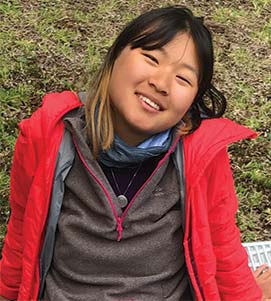
When starting this project I was extremely passionate about psychology and mental health. I wanted to expand on the knowledge that I had gained in AP psychology, and the next natural step for me was to focus on the brain. I wanted to understand its different components, what everything was responsible for, and what would happen if certain parts got damaged.
-Class of 2022 Student Effie H.
For her personal project, Class of 2022 Student Effie H. focused on the driving question: How might I expand my knowledge of the brain and discover what makes it so unique?
Effie’s project on brain anatomy focused on the intricacies of the brain and what allows us all to be individuals. Her project highlighted the emotional and memory functions of the brain and how without them, we would all essentially be a vegetable.
Her final work consisted of diagrams showing different parts and functions of the brain. Her goal was to help people see that the brain isn’t scary and that it’s fascinating to learn about — the concept doesn’t need to be a scary one, and can easily be broken down into more palatable sections.
National Anthems by Noah D.

From this project, my biggest takeaway is that being a bassoonist is a career that I could seriously consider. Before TGS, I had never really thought of it as anything more than a hobby; however, playing the bassoon here in Mexico was one of the few activities I did where I truly lost track of time and got lost in what I was doing. I also learned that there is so much that you can explore in the world of music — from artistic intent to song composition, to history and different styles.
-Class of 2024 Student Noah D.
For his first-ever personal project at TGS, CM1 Student Noah D. used his previous experience playing bassoon to answer the following driving question: “How can I convey knowledge of musical chords and national anthem history through a bassoon performance?”
Noah’s final project includes an audio recording of him playing the French and United States national anthems on his bassoon and showing the chords presented in each anthem. He also studied and provided information about each song’s history, intent, and meaning.
Eco-Journalism by Siphokazi S.
For her personal project, Class of 2023 Student Siphokazi S. created an Instagram page to explain environmental problems in a way that can be easily understood by youth.
Siphokazi chose to share the information on an Instagram page since that is where her target audience is most active. She presented the information in a relatable way by detailing how environmental incidents occur while also sharing the detrimental impact they have on those affected by them.
What was your biggest takeaway from this project?
My biggest takeaway from this project is understanding social media and how it works, from what I was able to pick up through the courses I was taken the key to social media, specifically, Instagram is engagement and targeting a specific audience.
What are you passionate about that led you to choose this project?
As a teenager interested in environmental problems, I often find myself reading interesting stories about environmental issues but slowly losing interest because of the bland appearance. I felt like (the content) wasn’t made for teens, and some concepts were worded in a way I didn’t quite understand.
So I felt making an Instagram page (where my target audience is most active) and explaining the problem in a way that is understandable and is laid out attractively will not only speak of incidents that happen but also let people know how they affect them.
Where Next?
For Term 3, our CM1 students are in the United Arab Emirates. Emerging technologies like blockchain, NFTs, cryptocurrencies, and robotics will be the focus of their projects, and the ongoing Expo 2020 will provide the perfect setting to learn firsthand about the practical applications of each.
You can follow us on Instagram to stay up-to-date on both of our cohorts.

